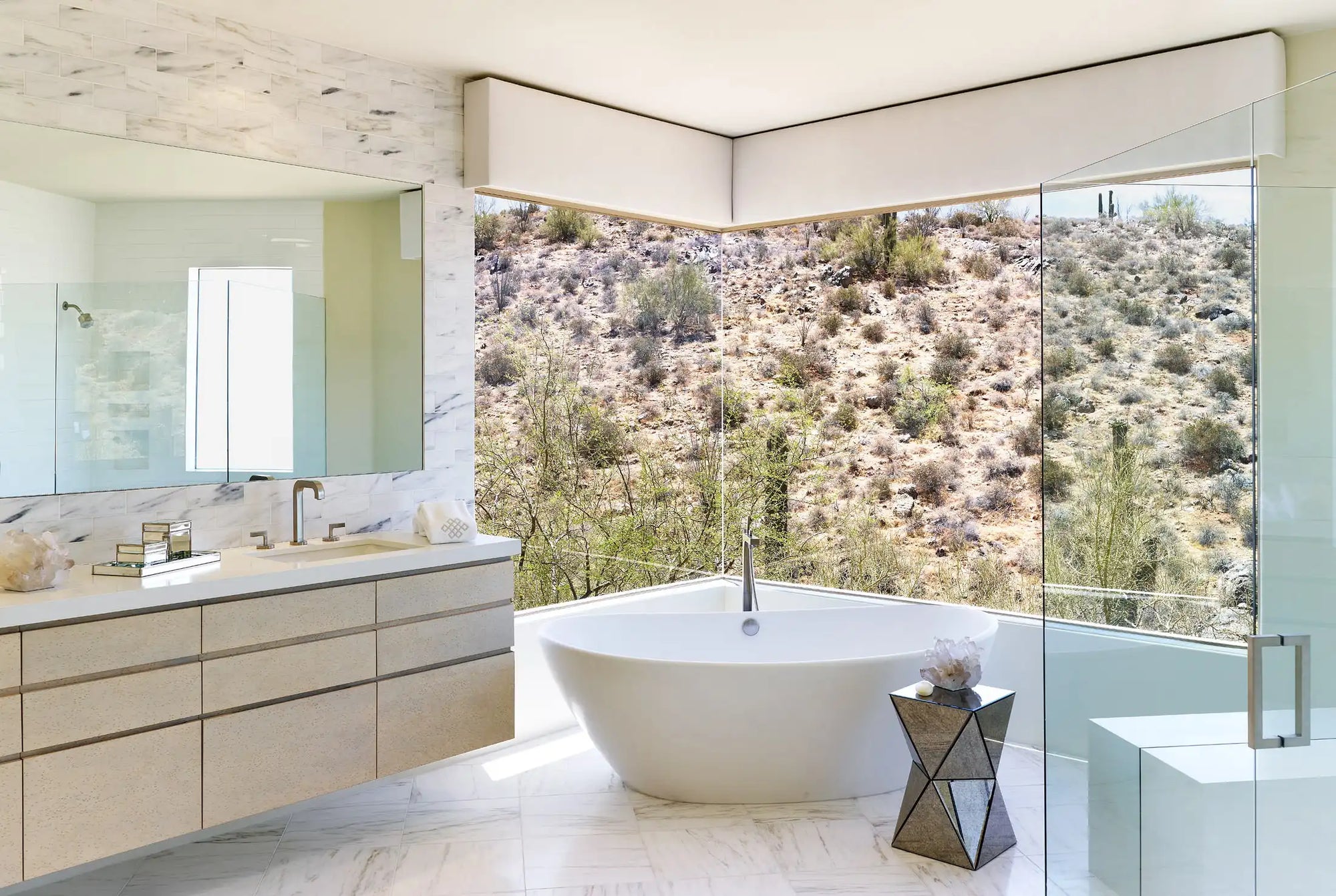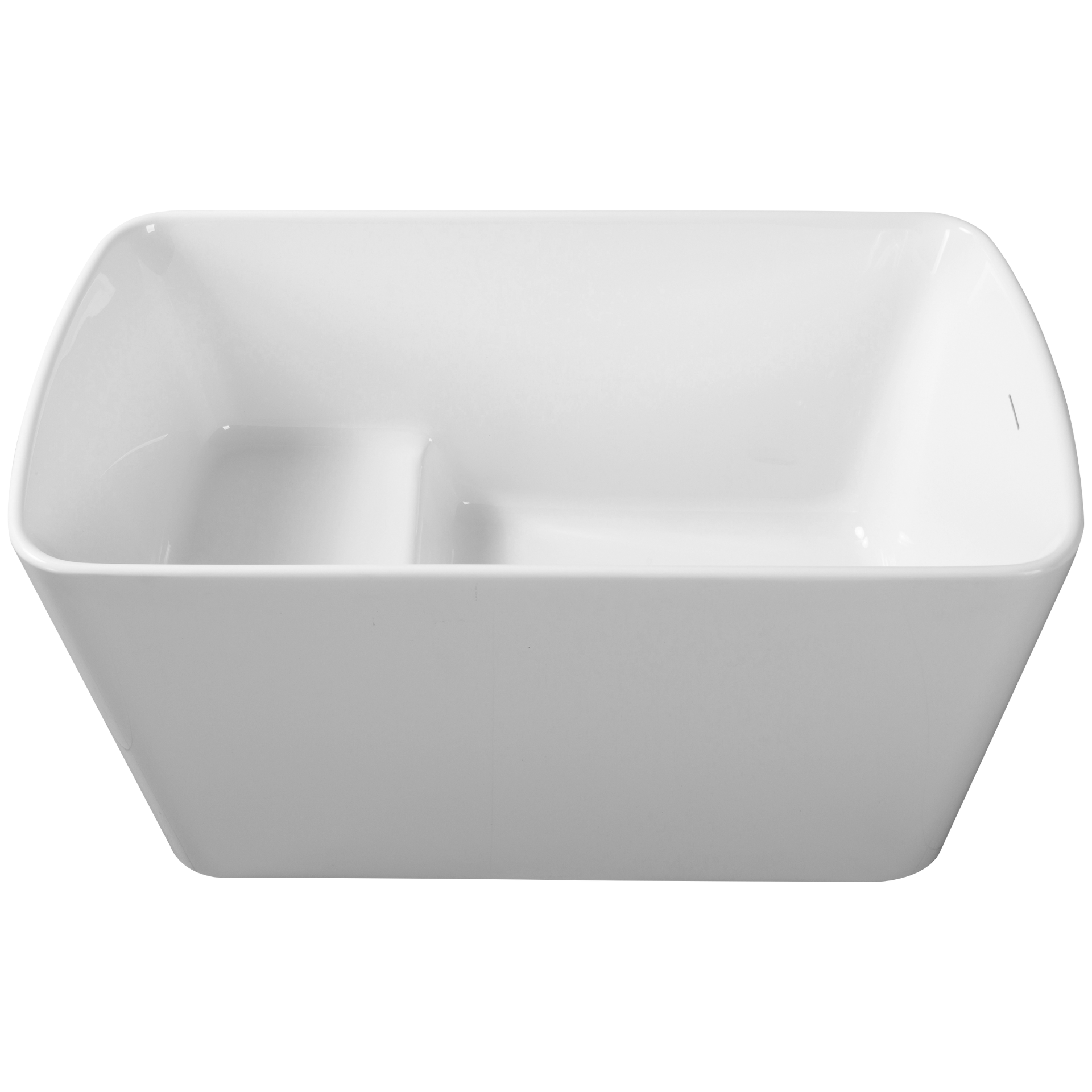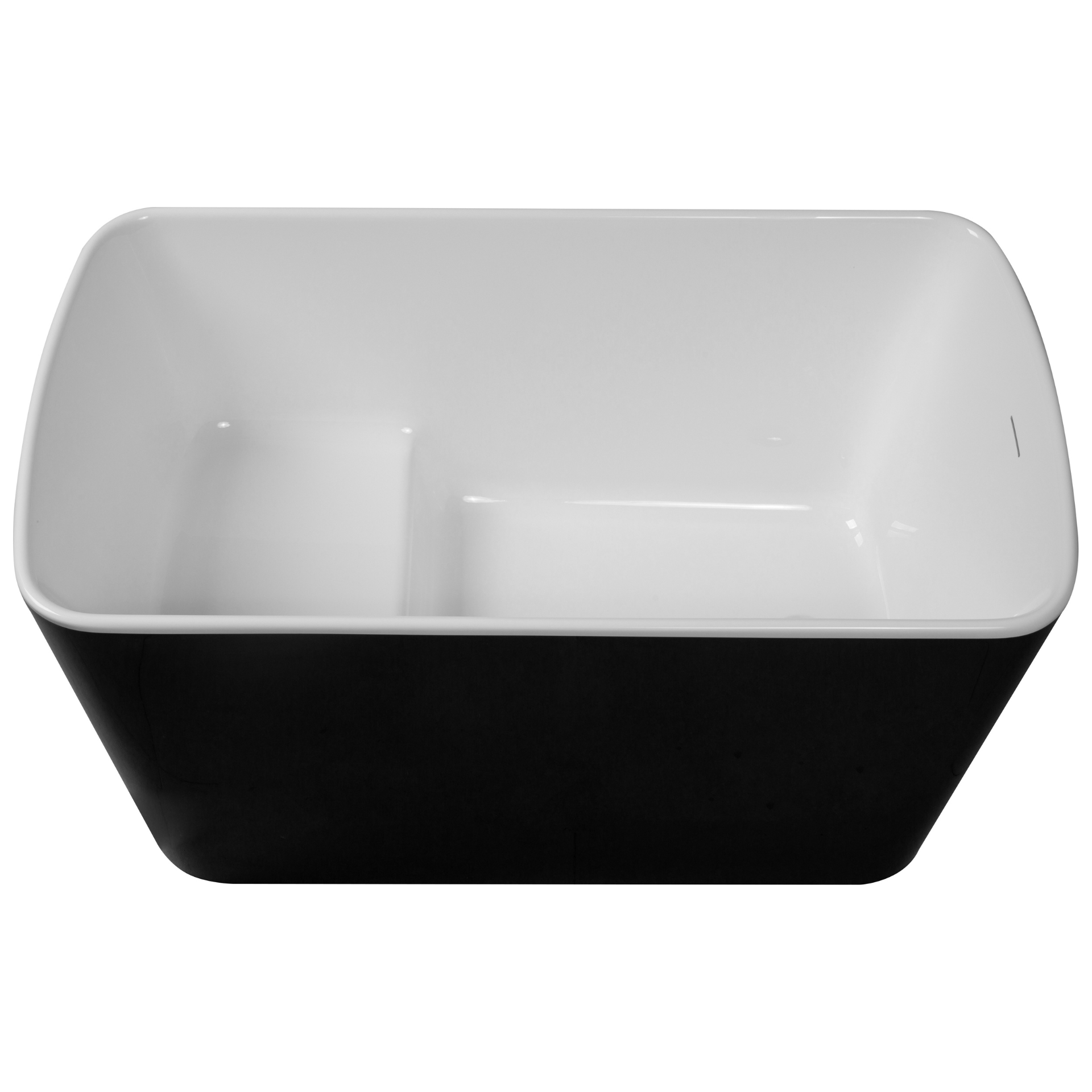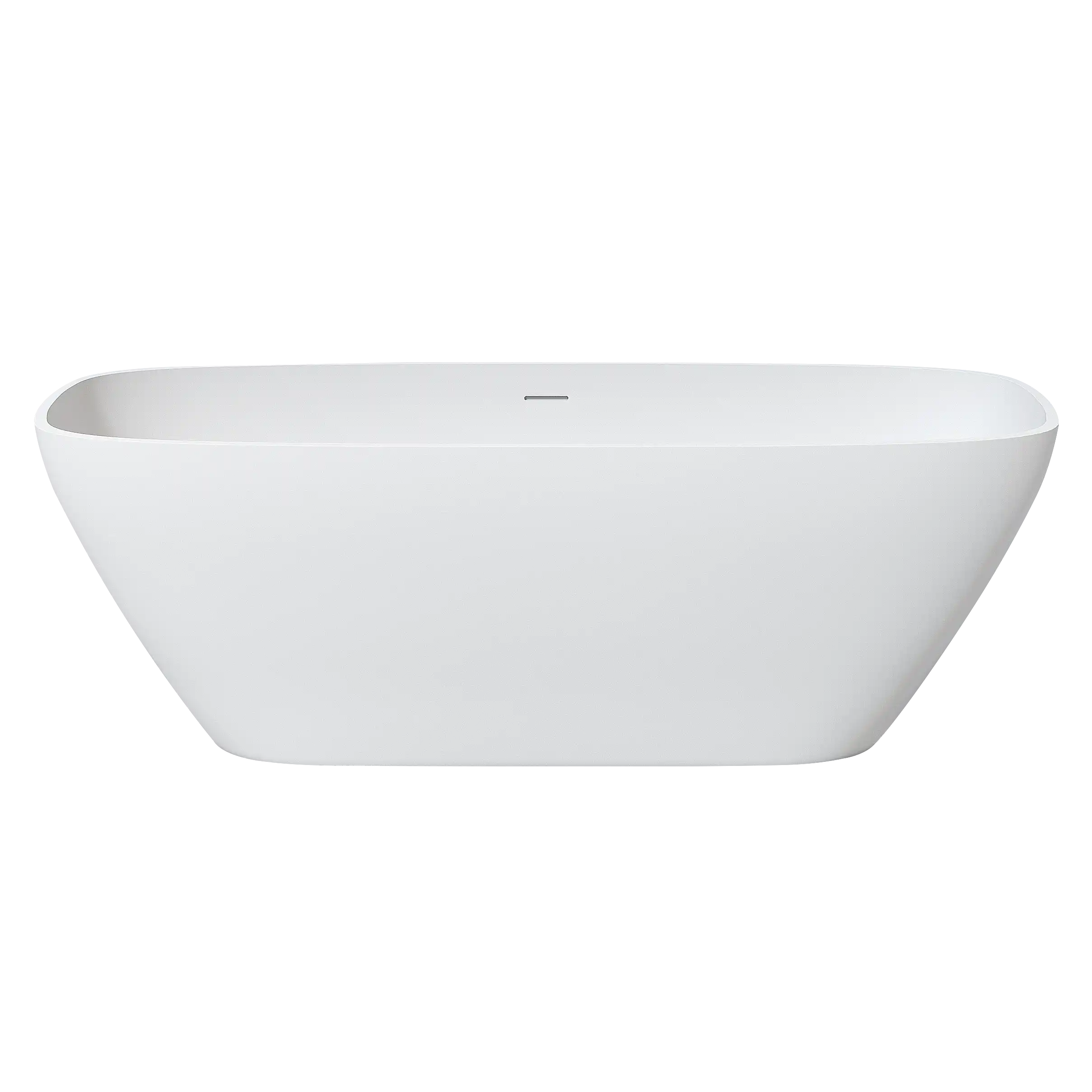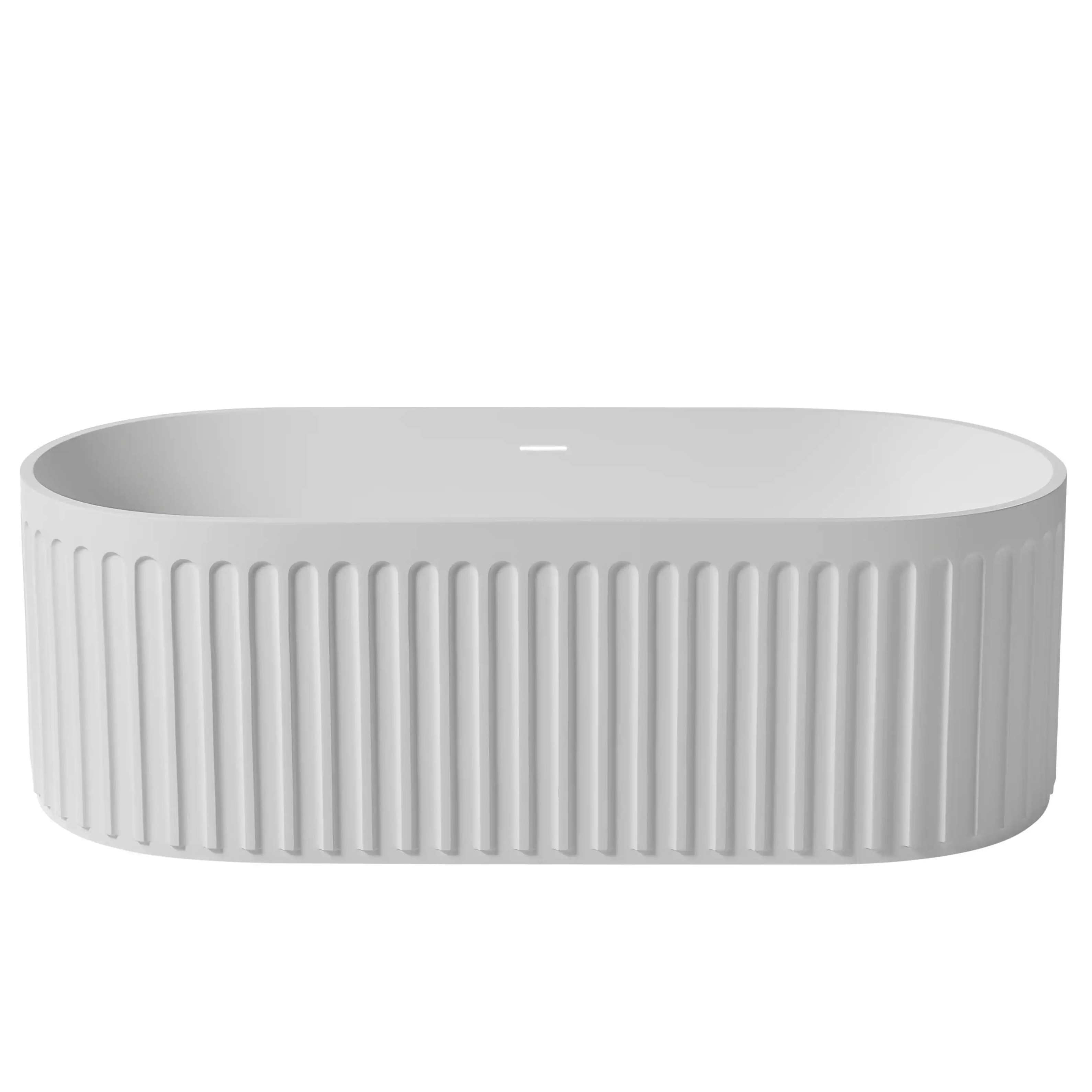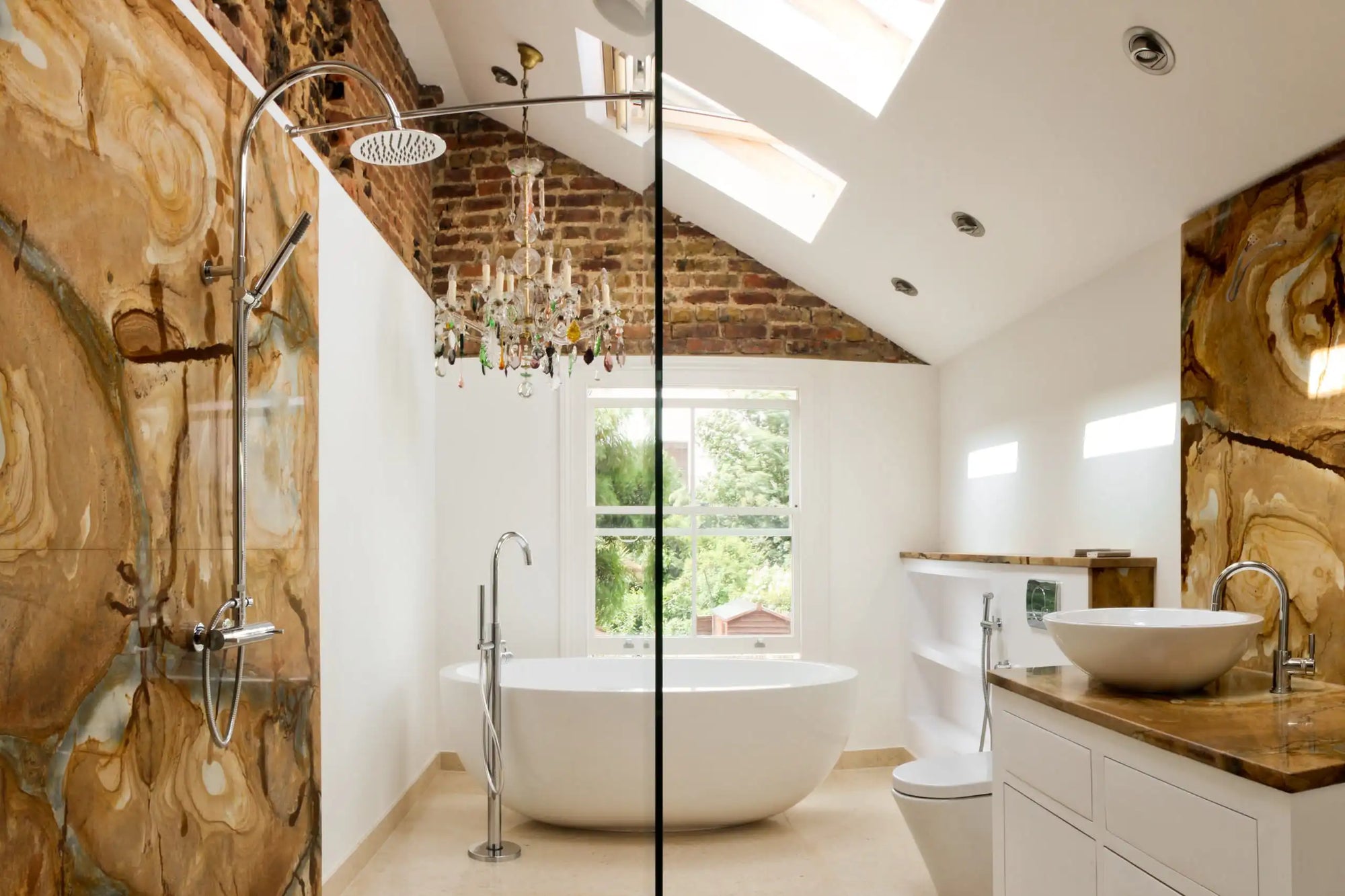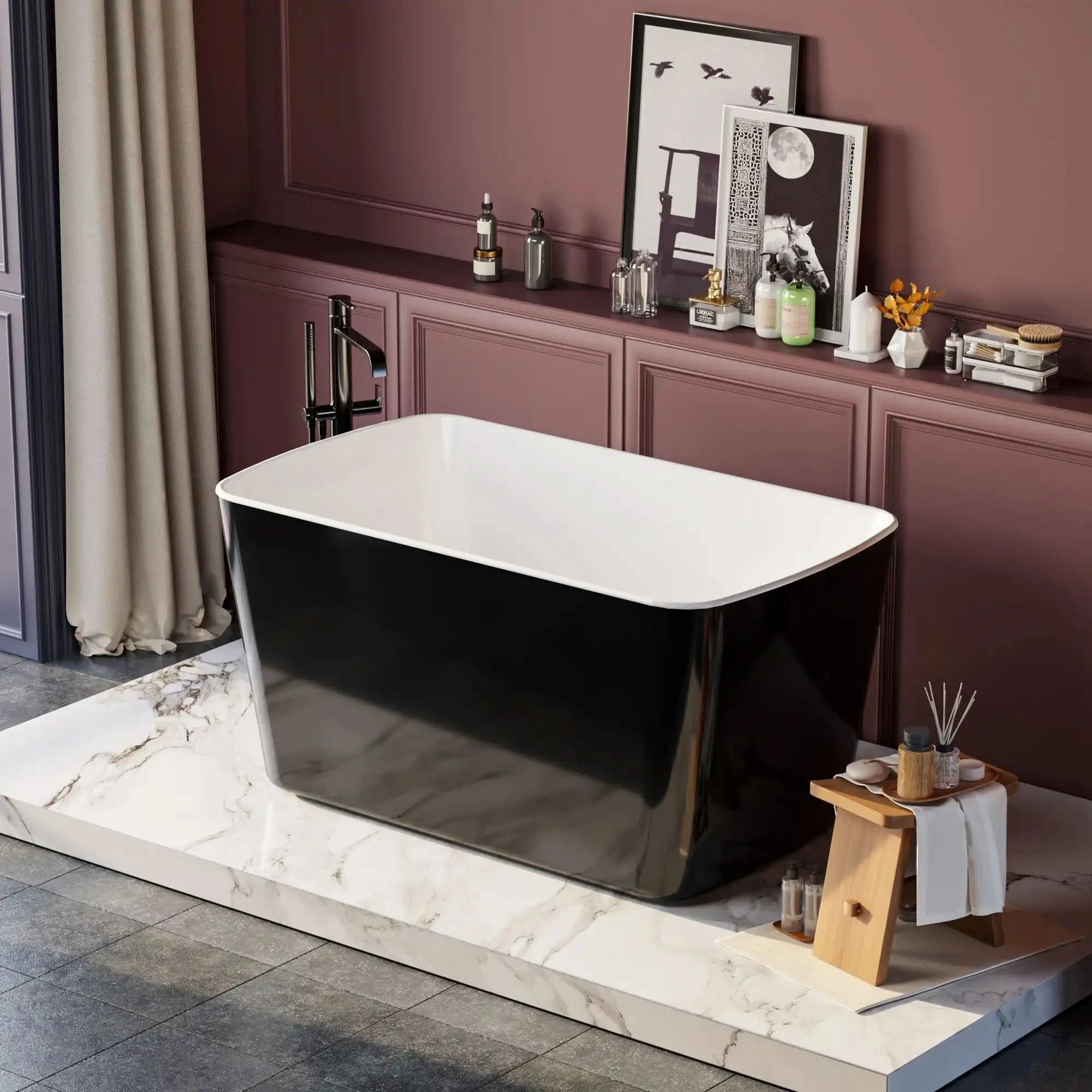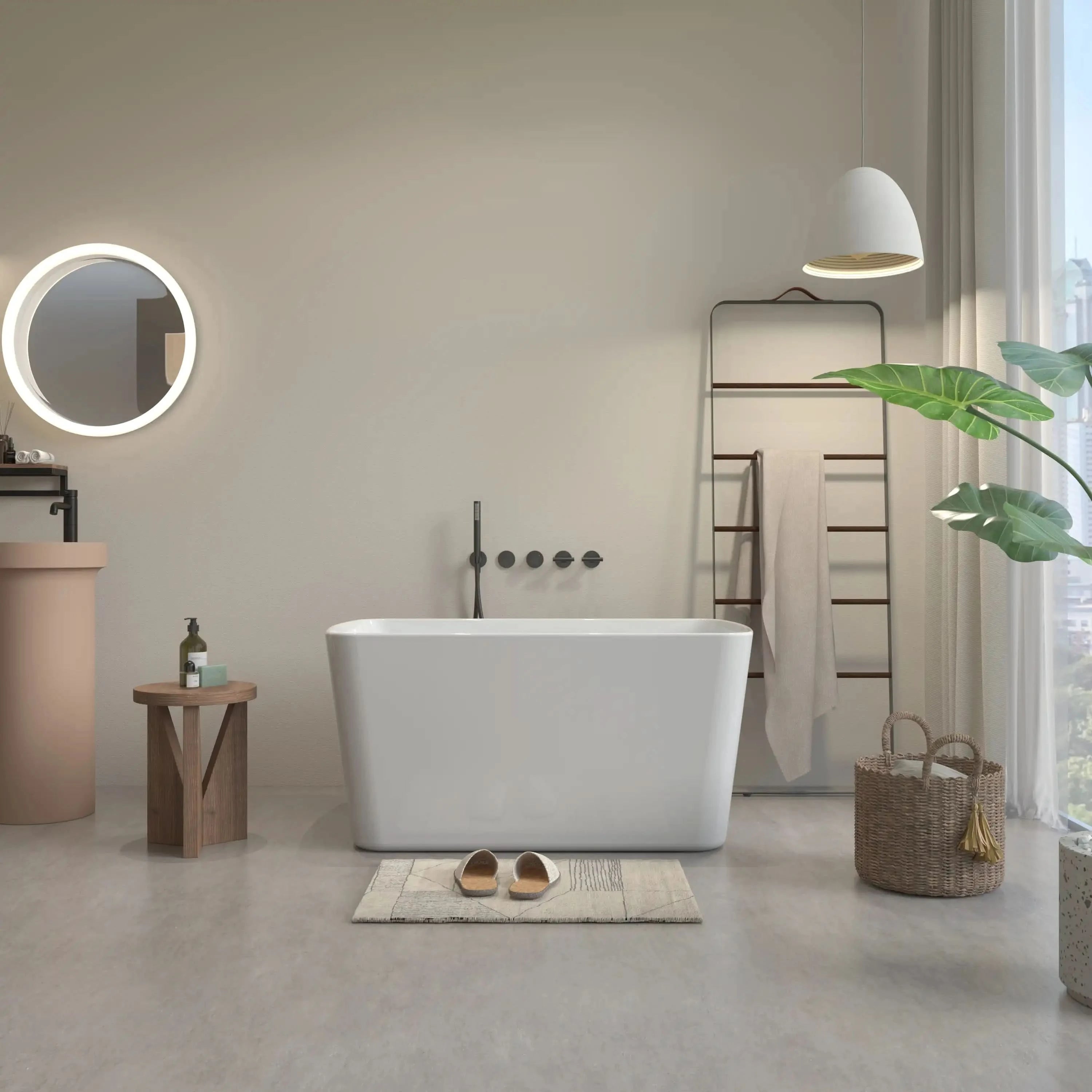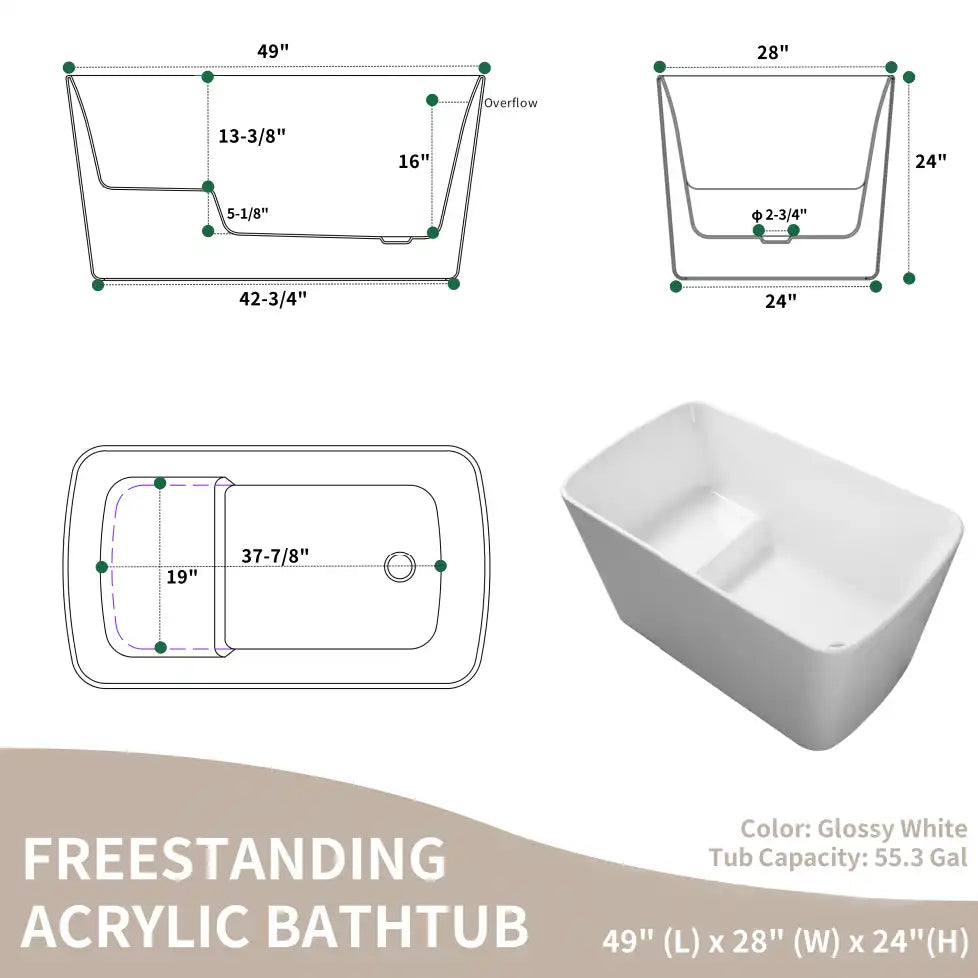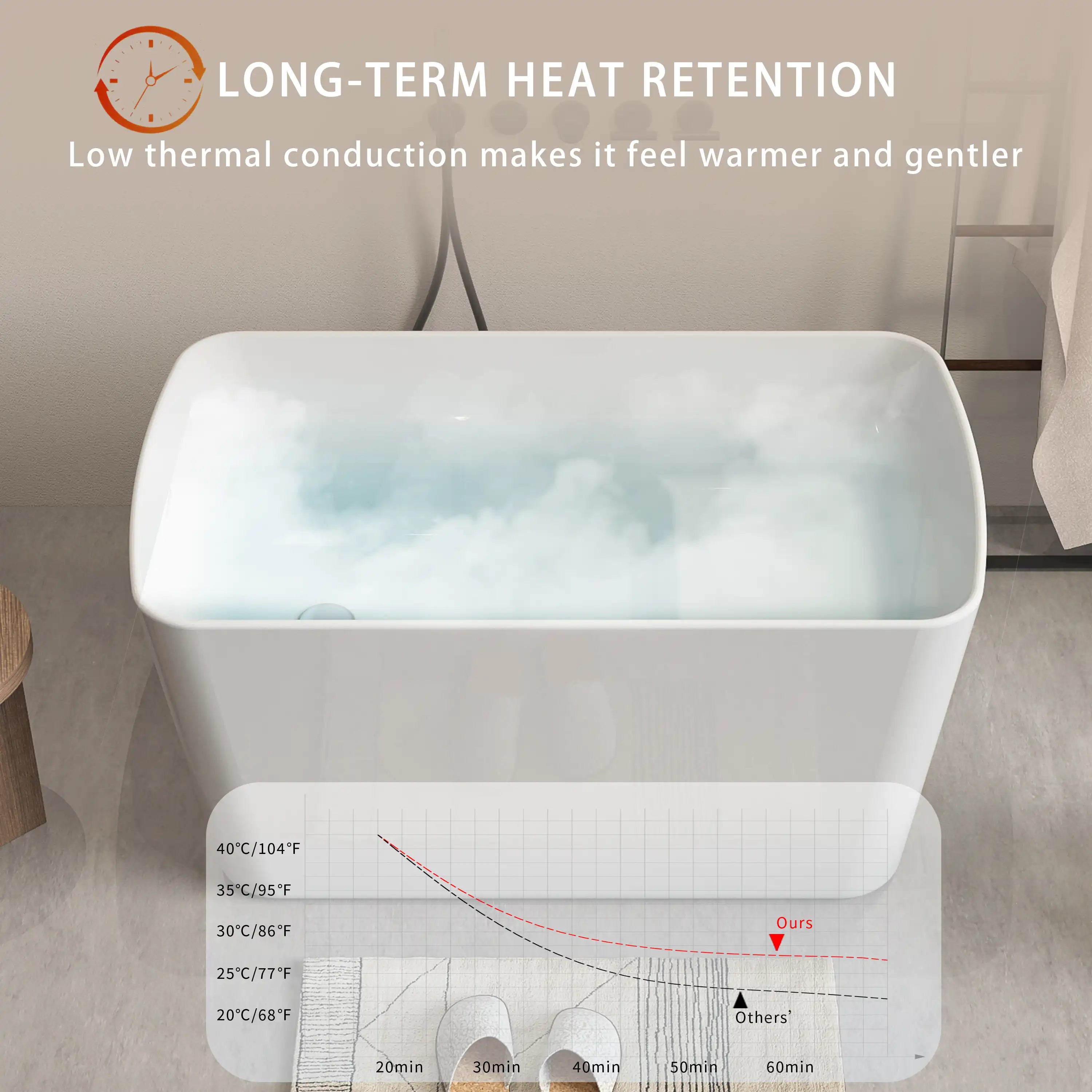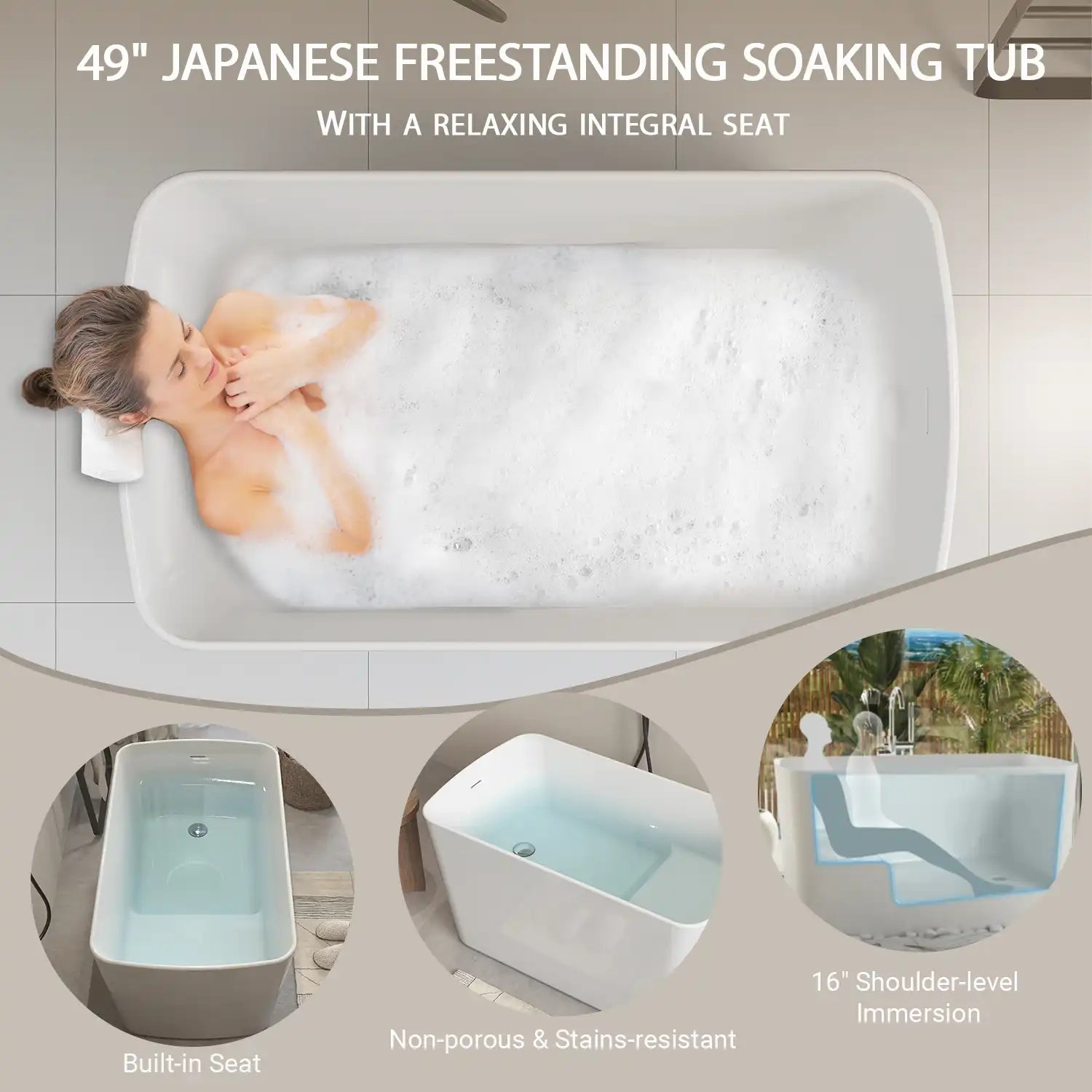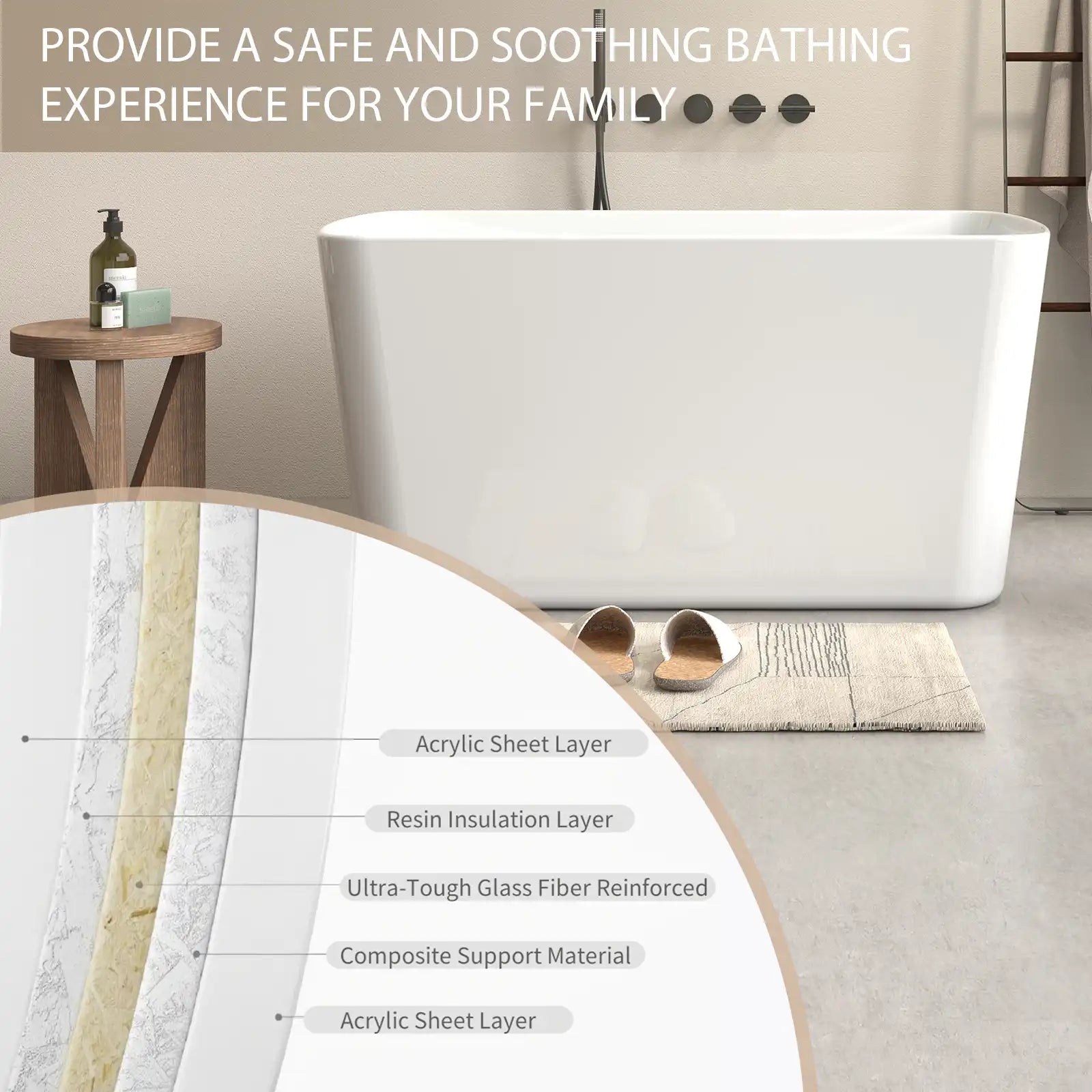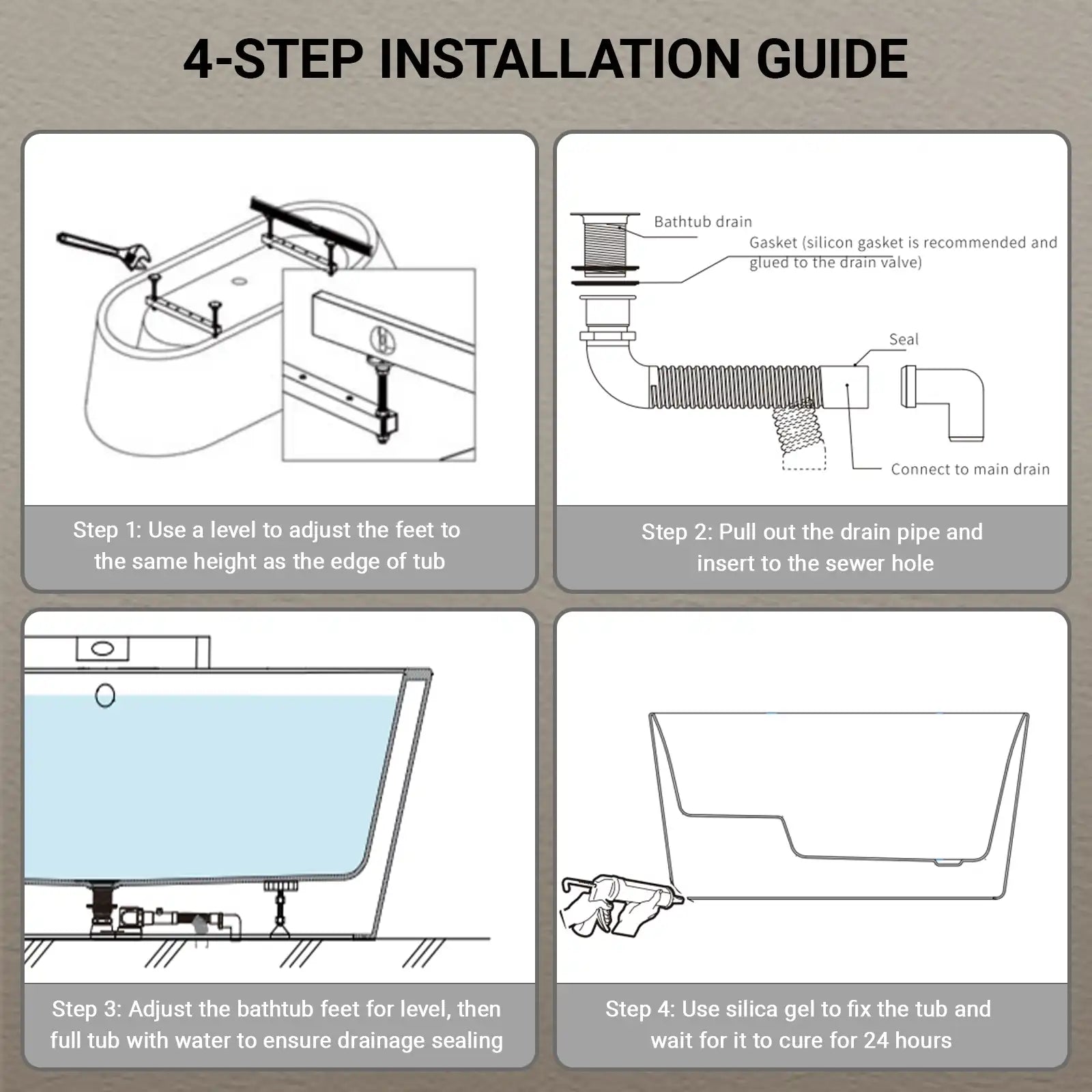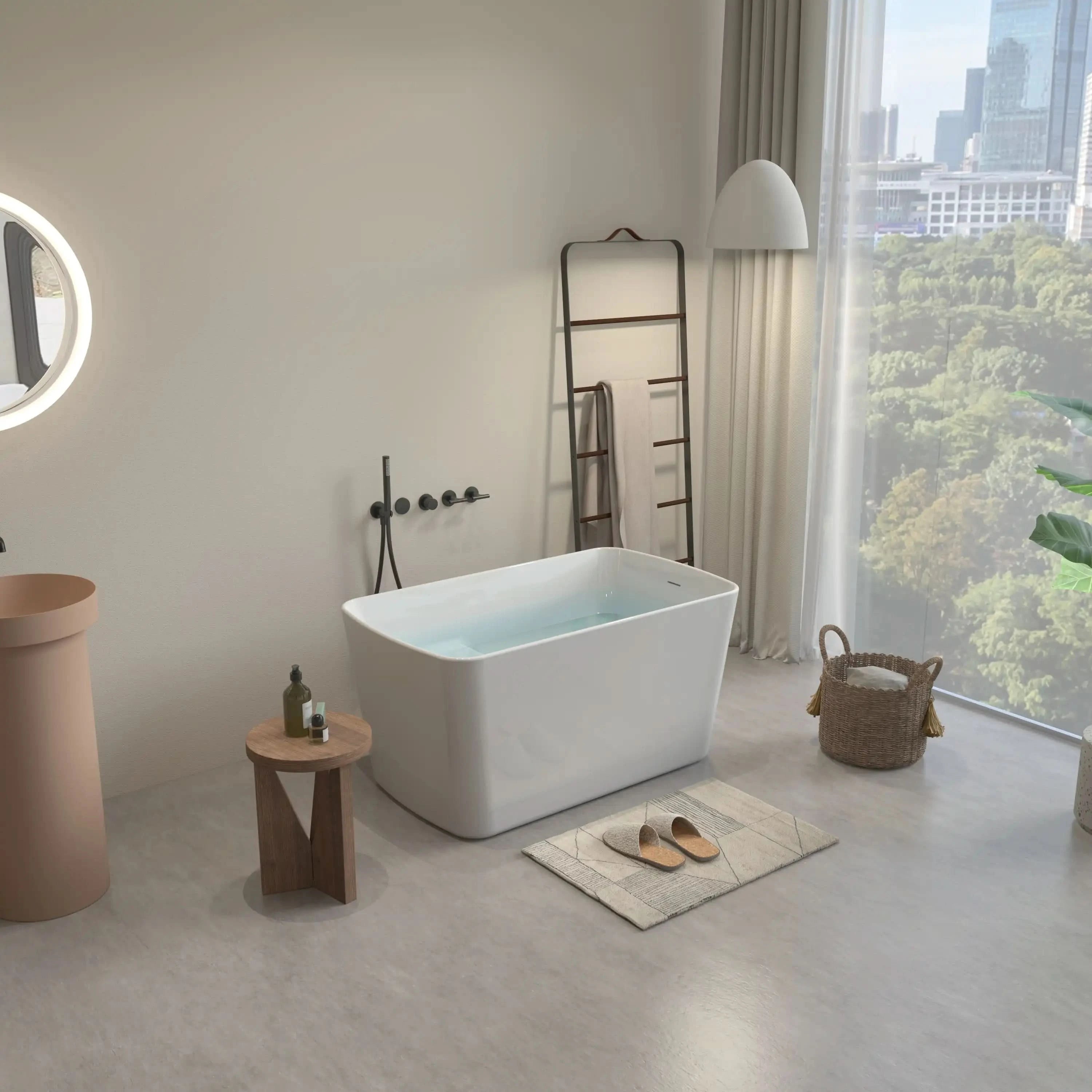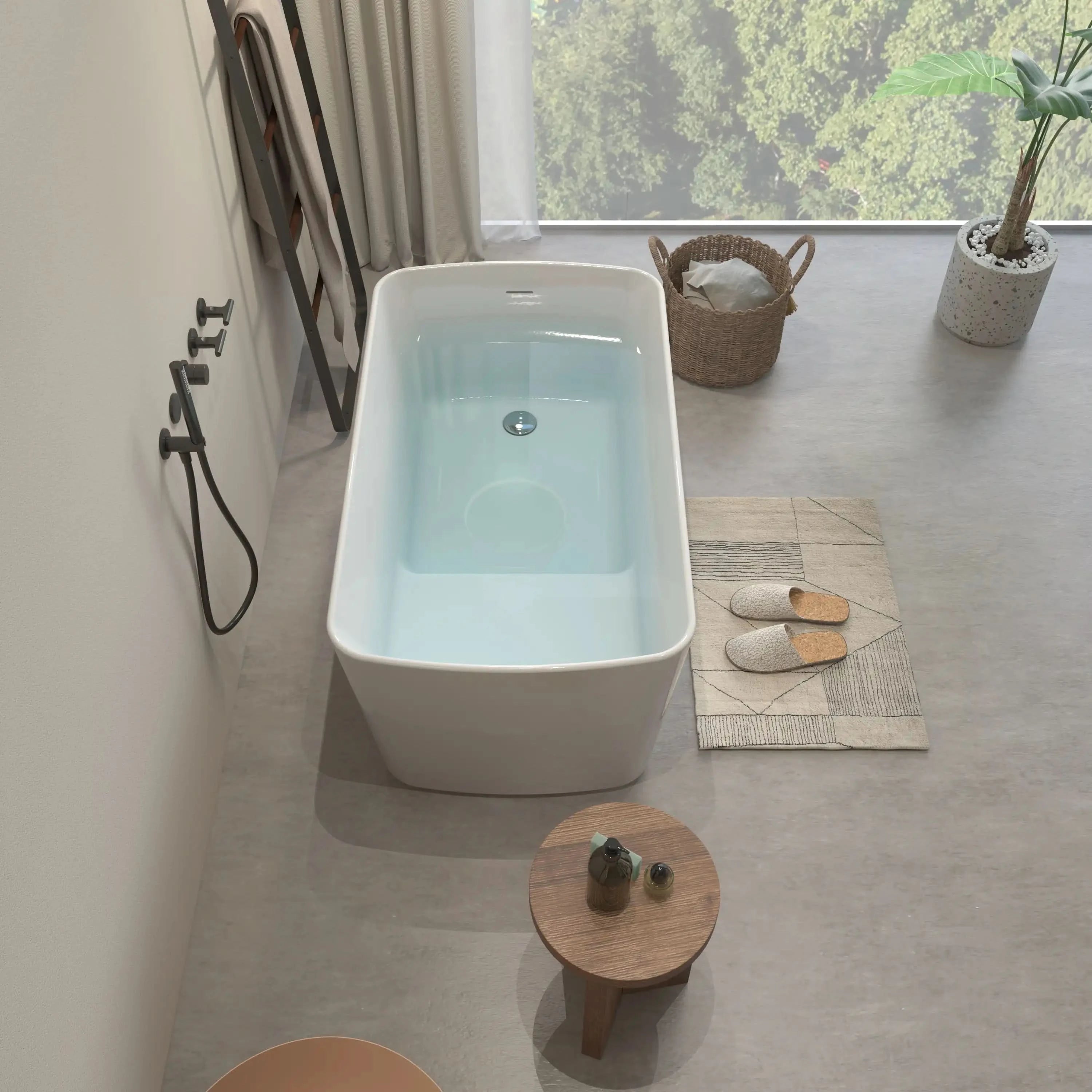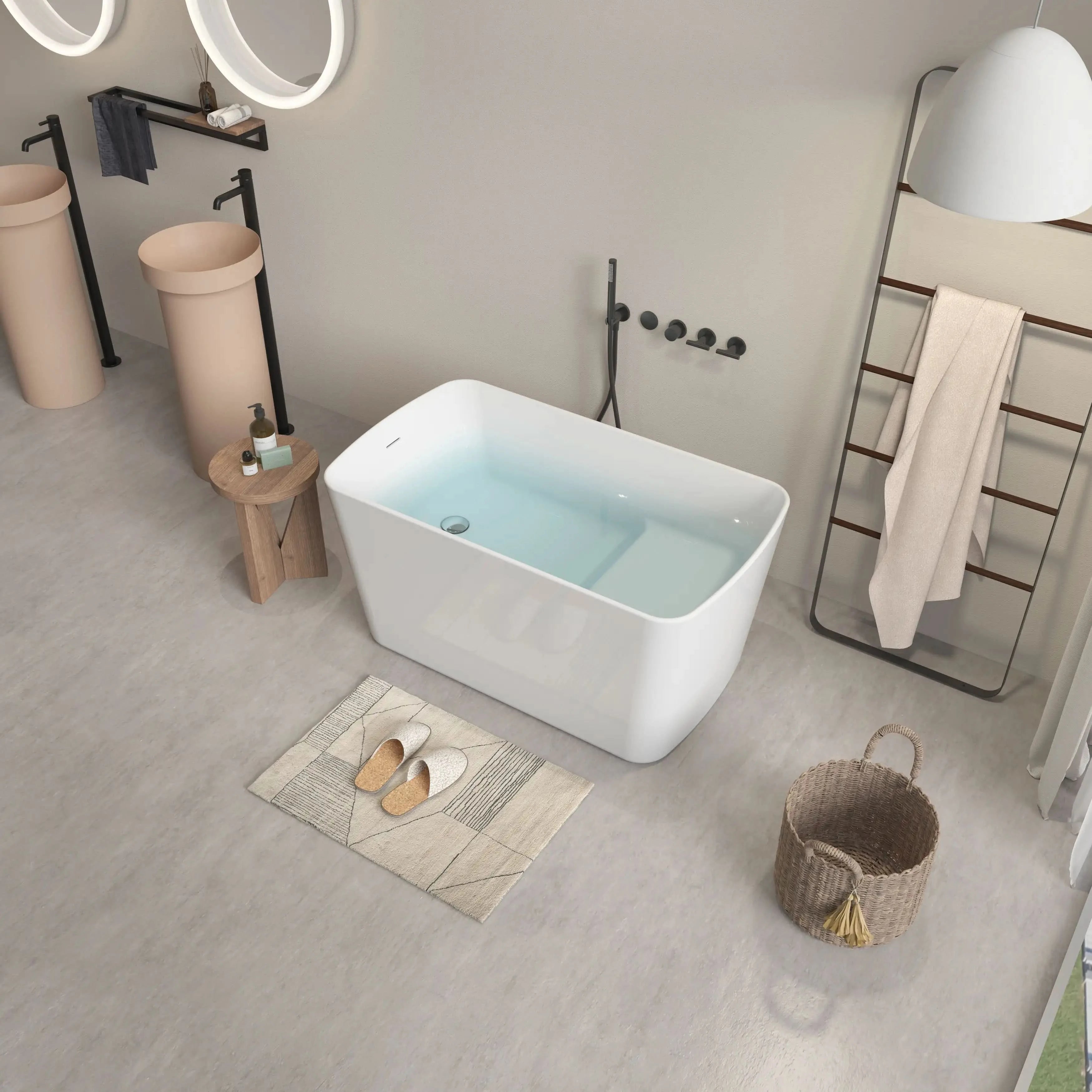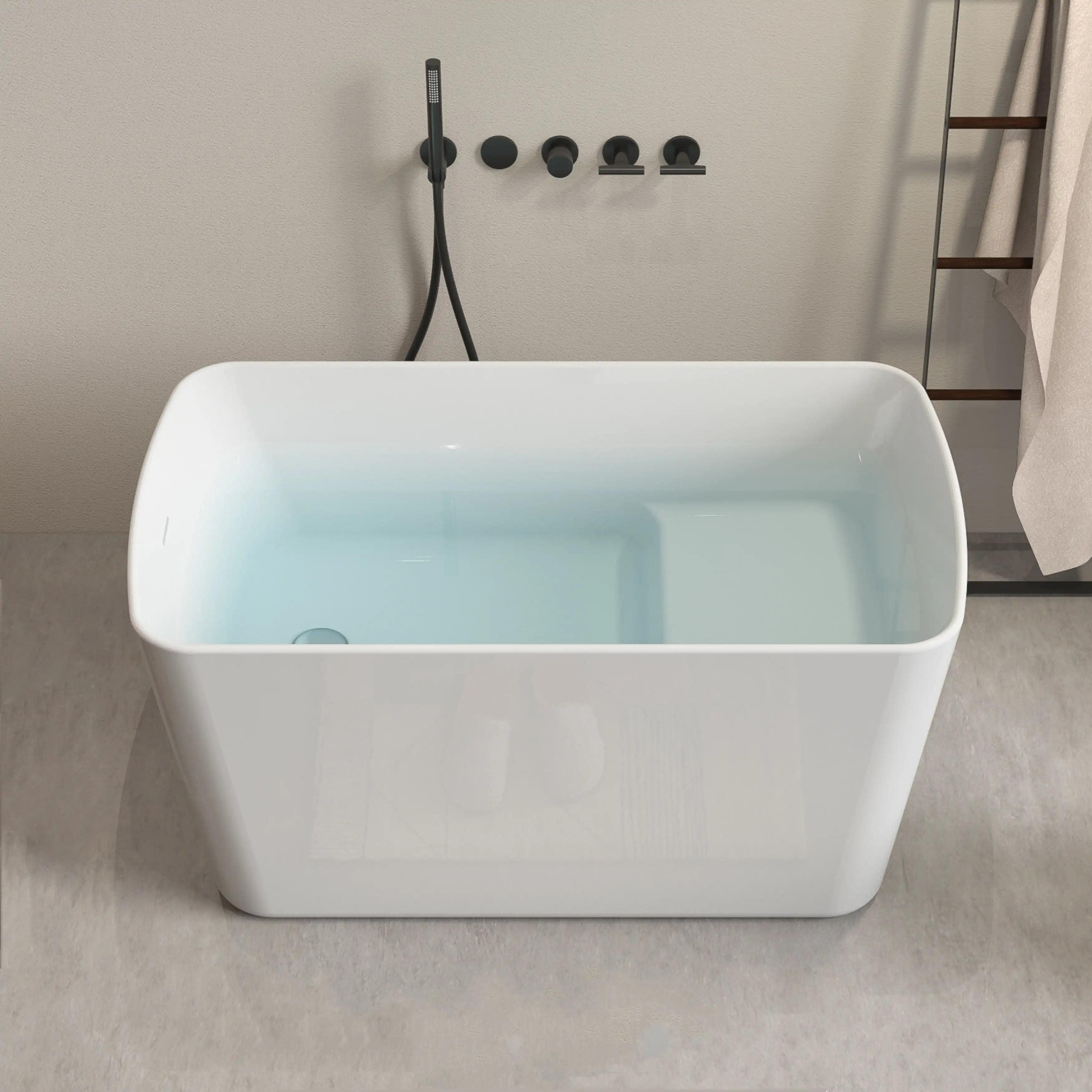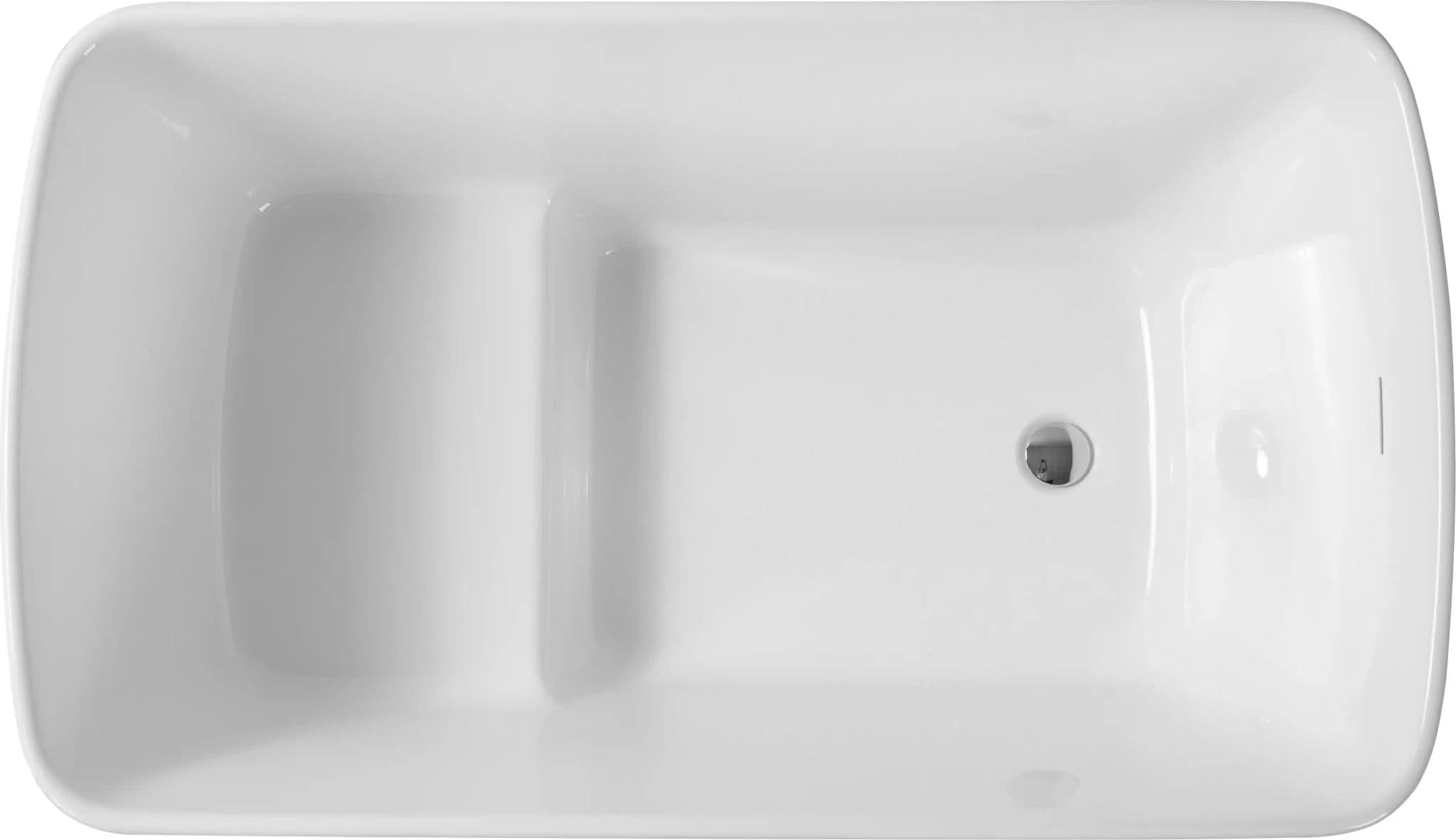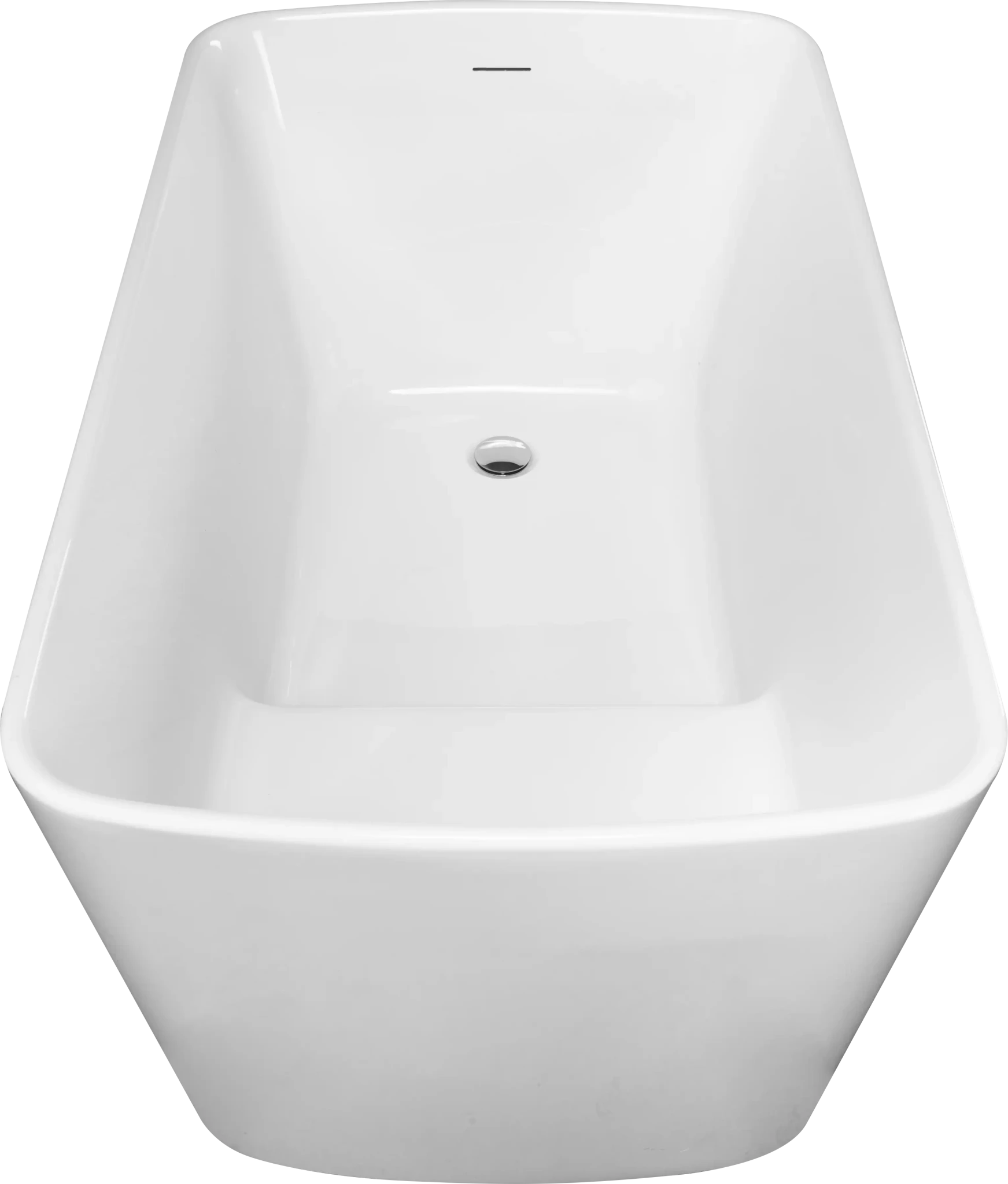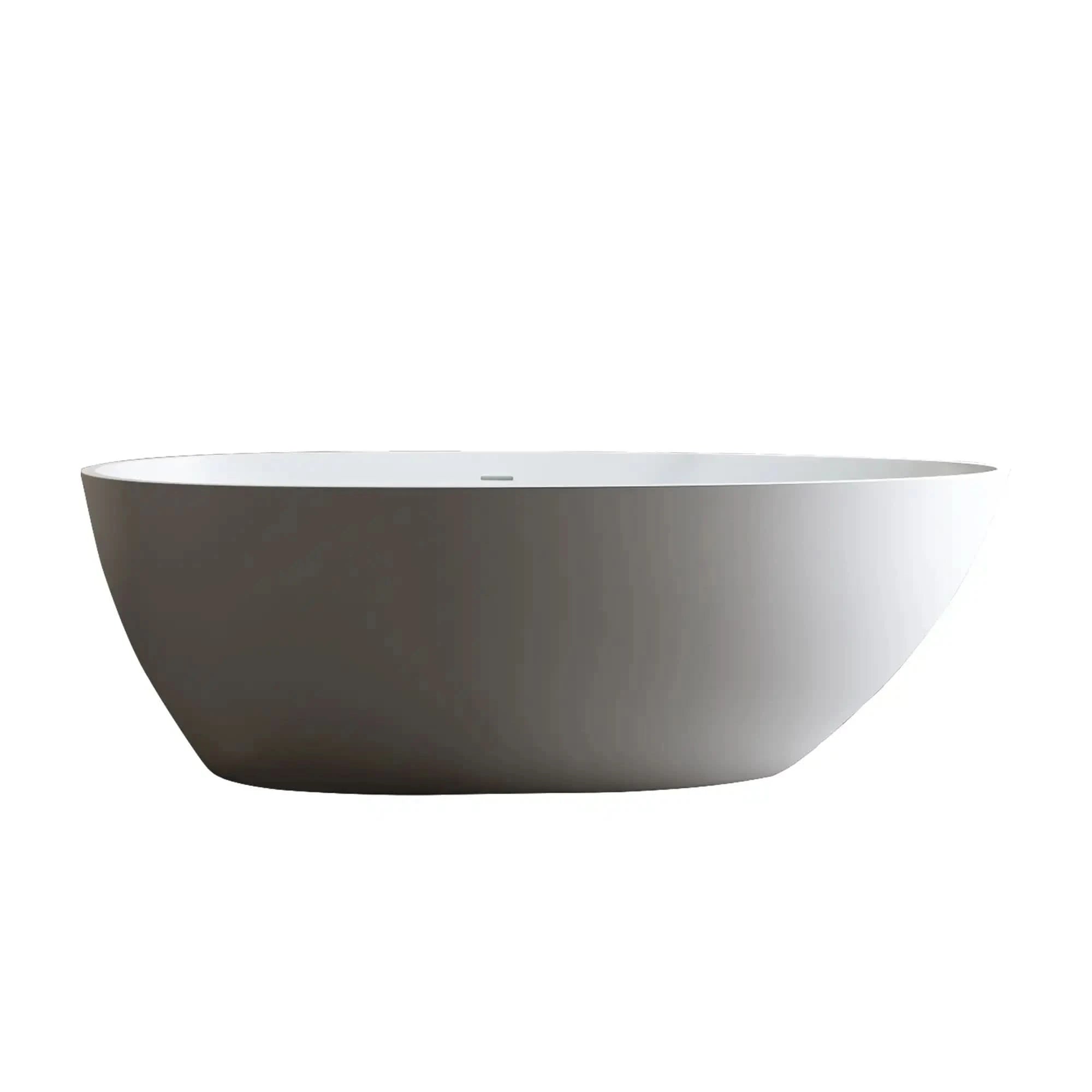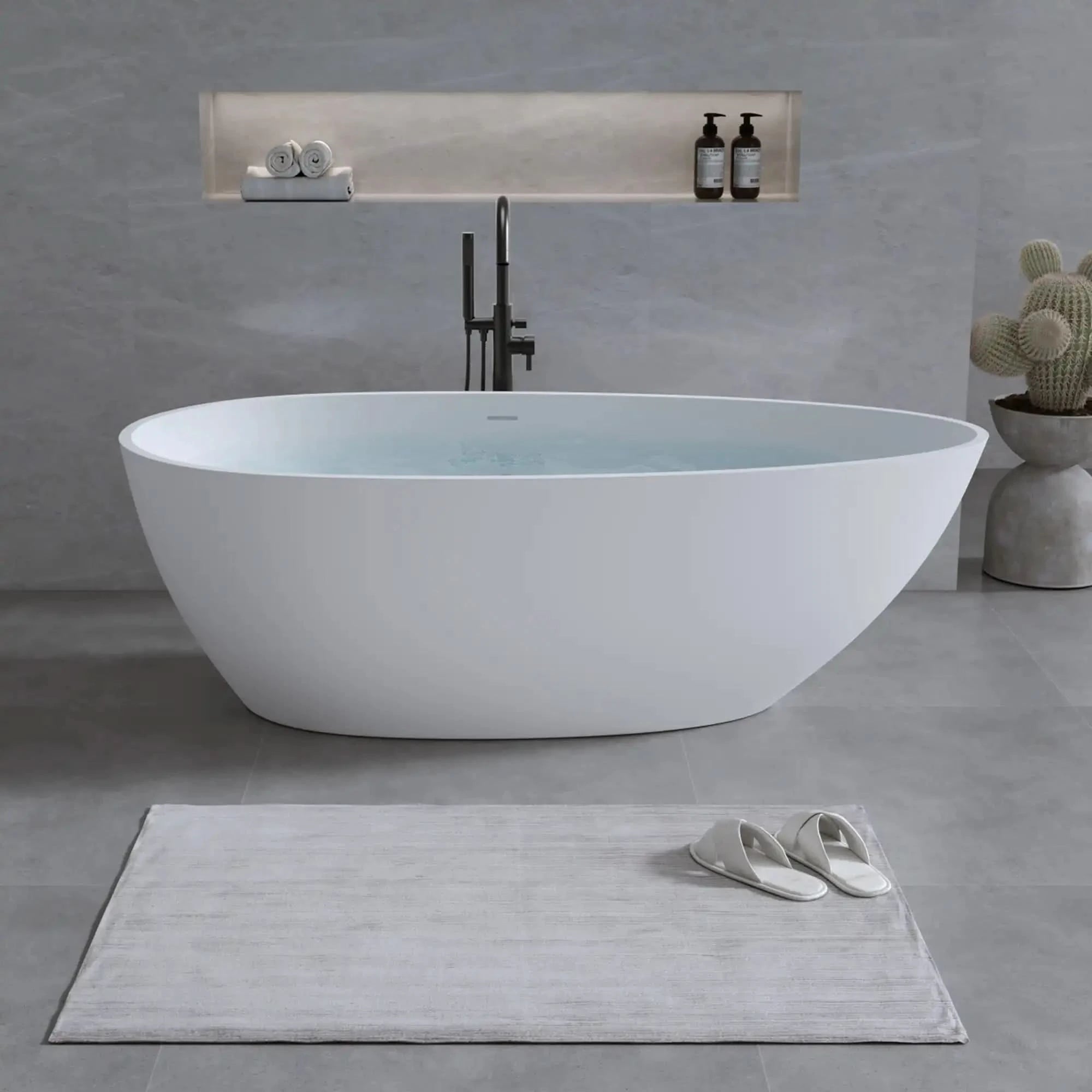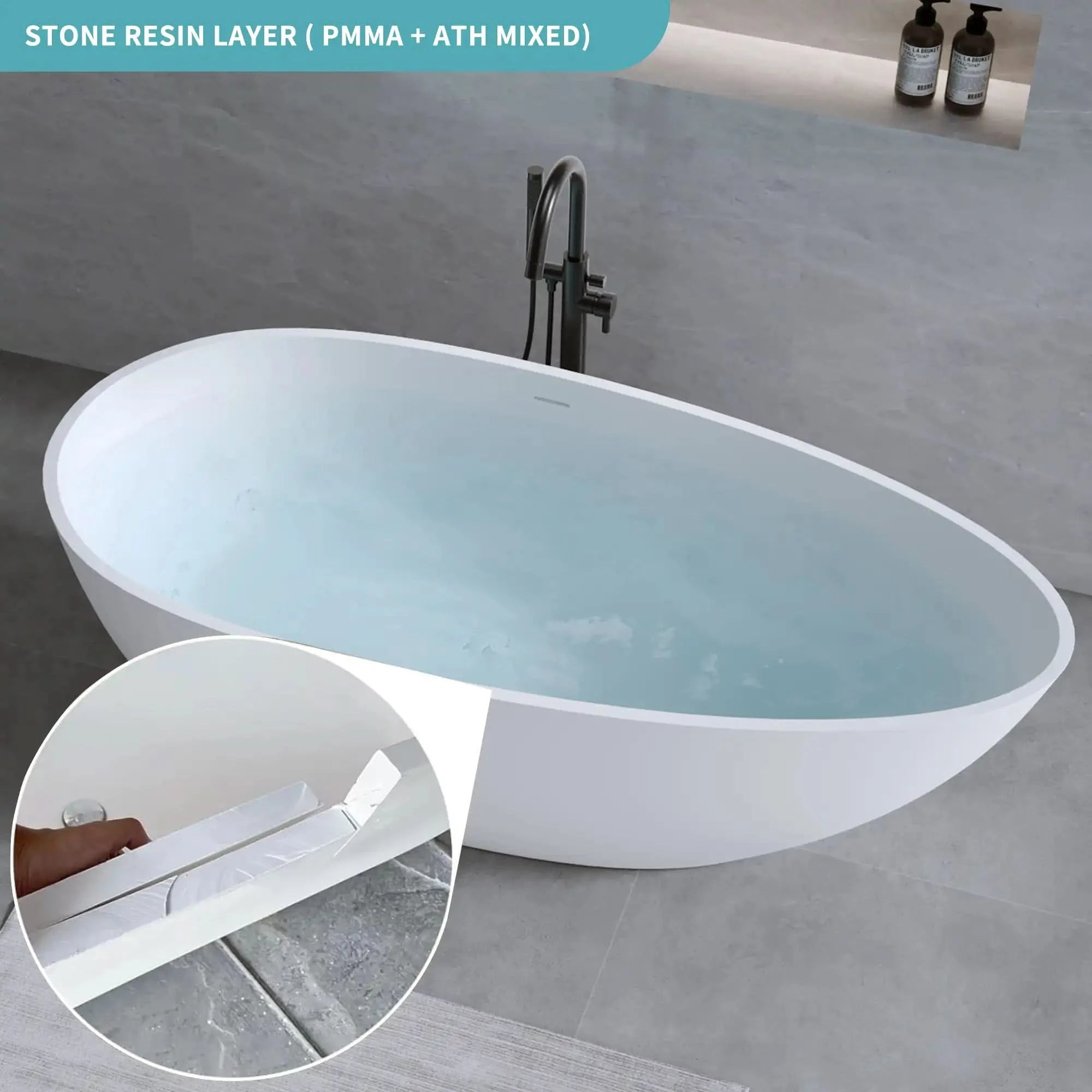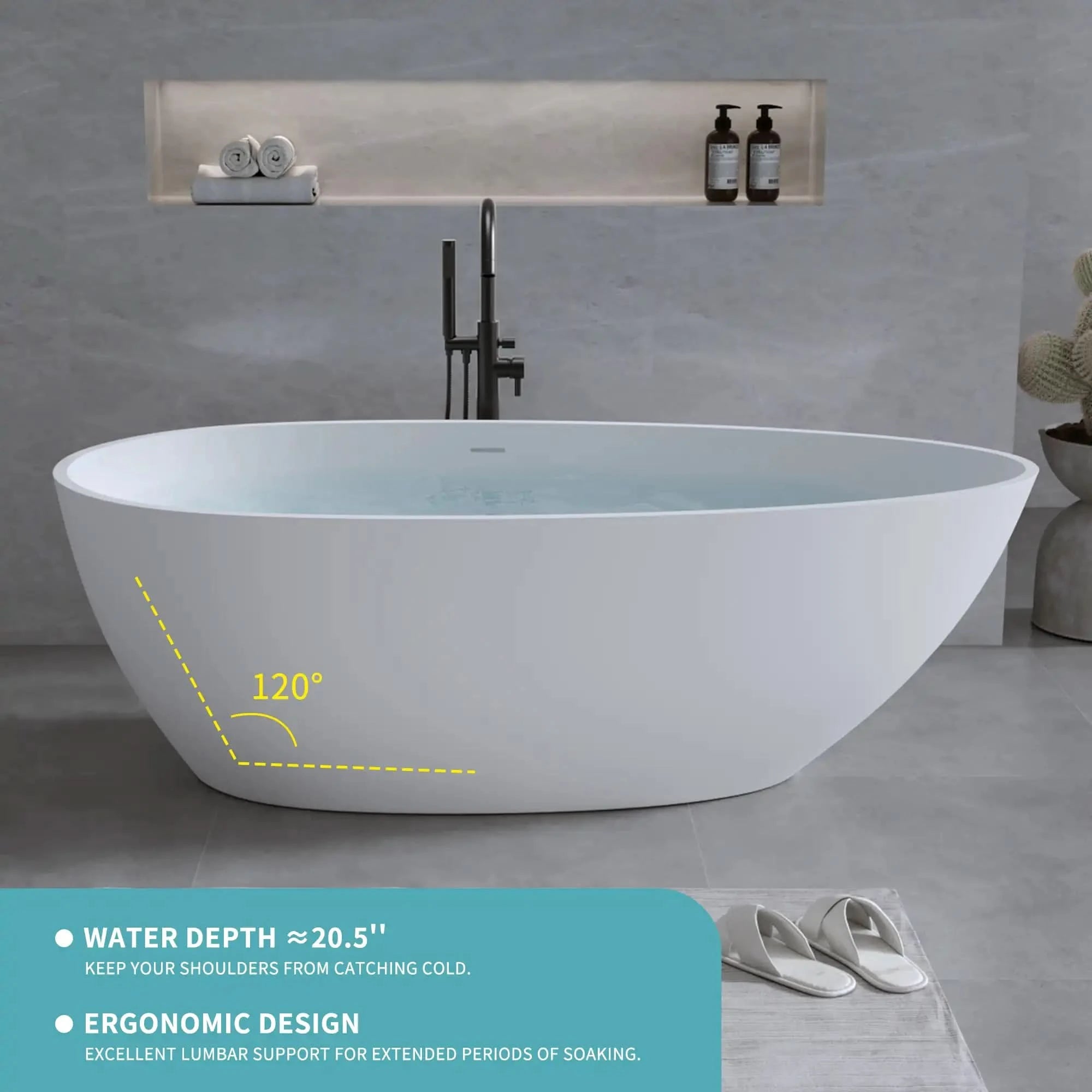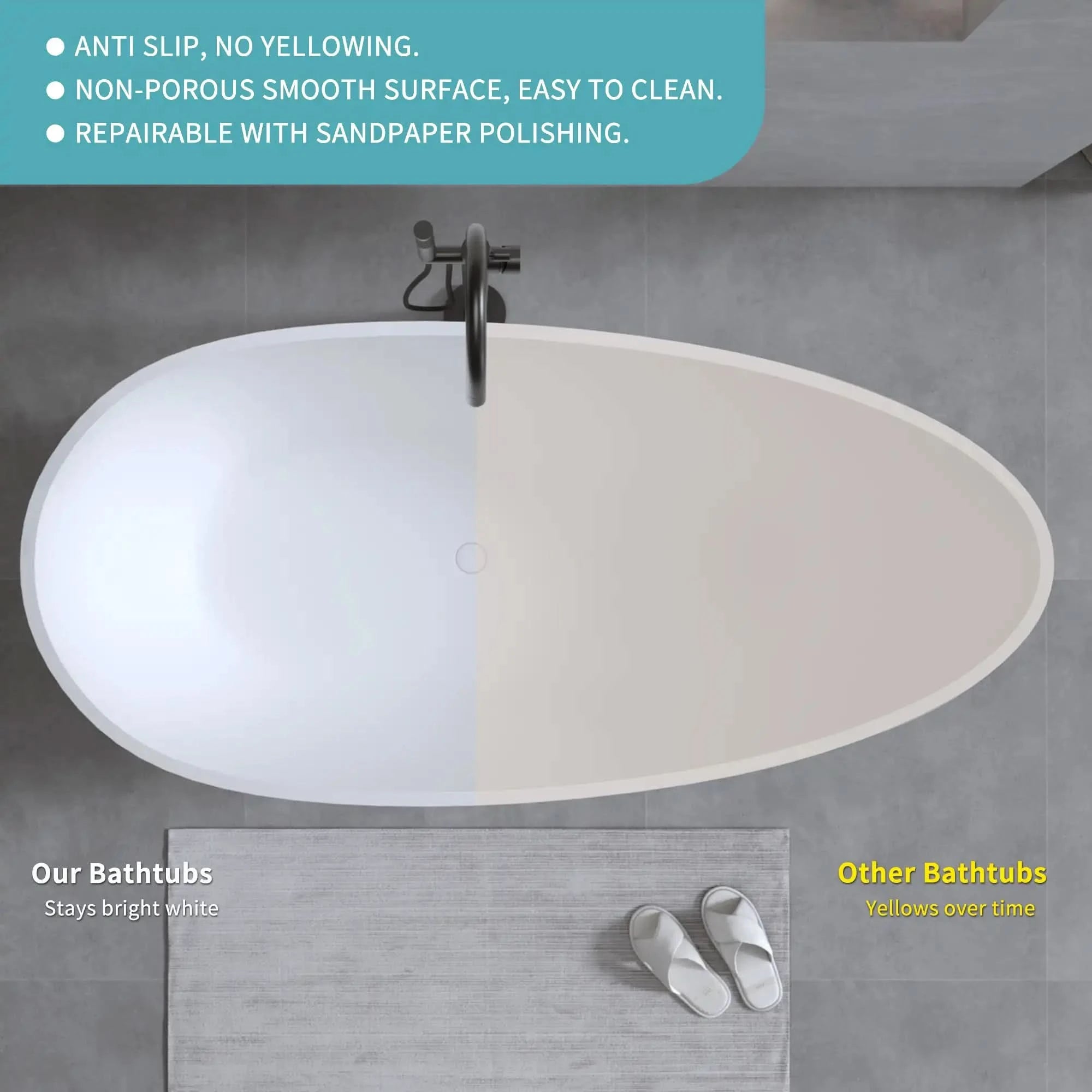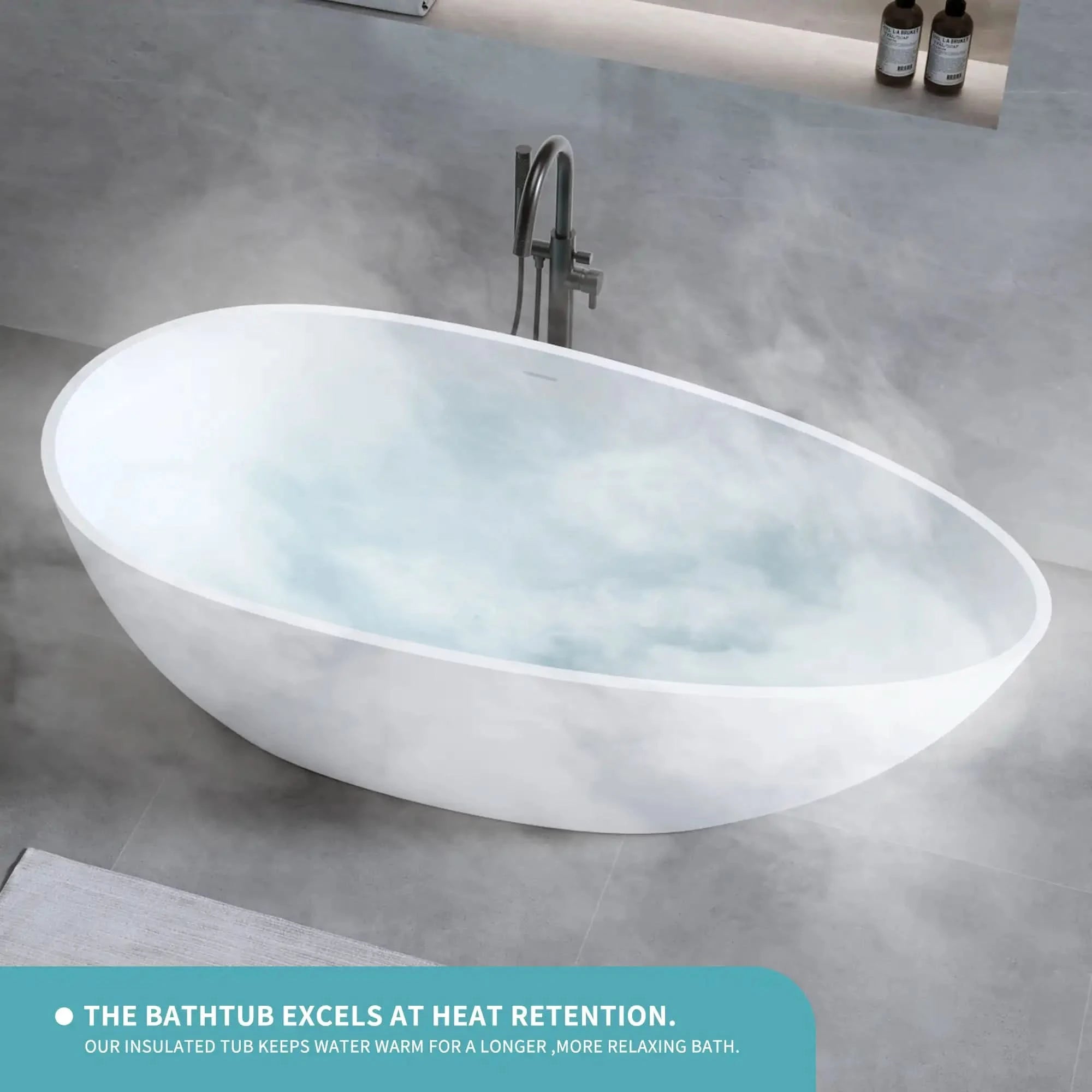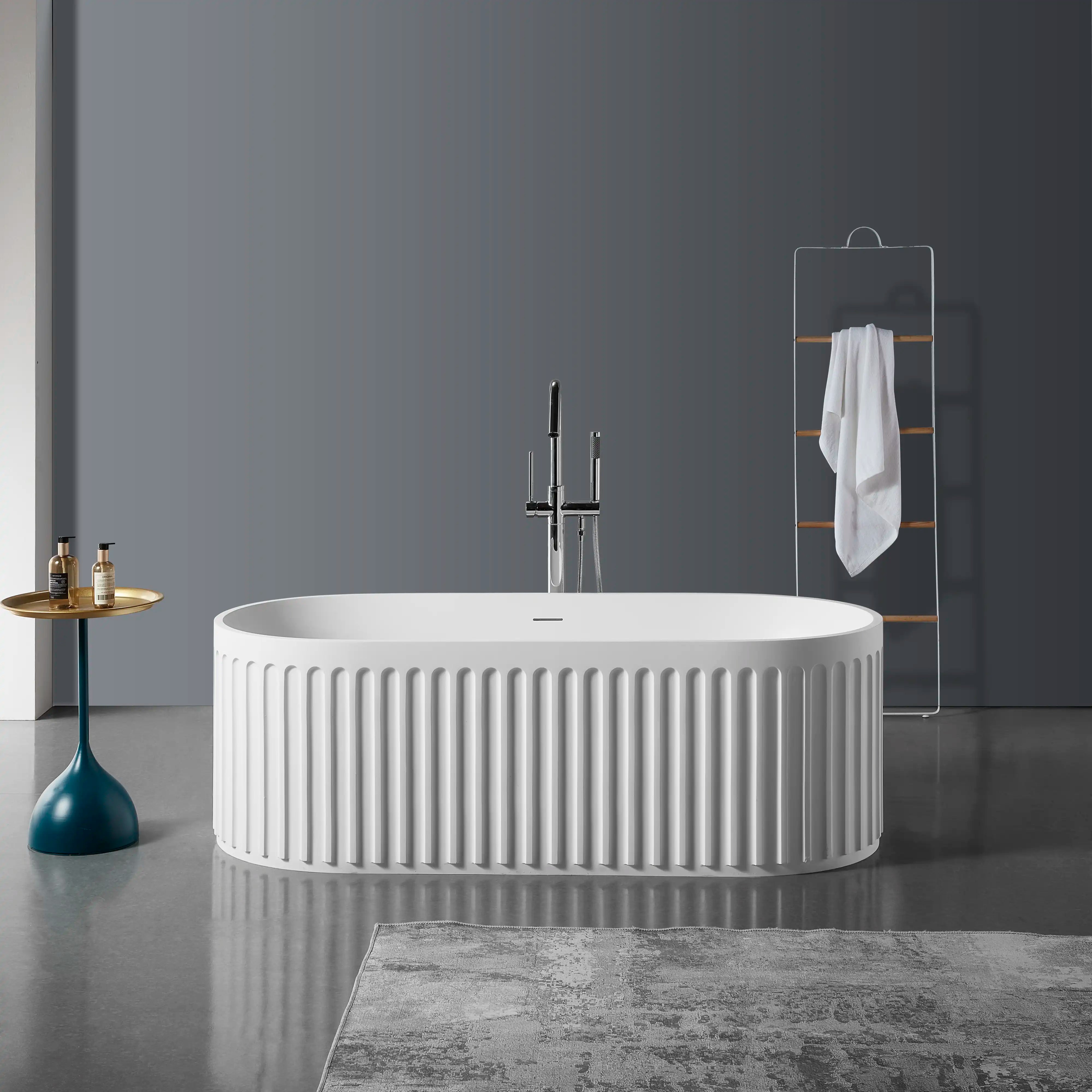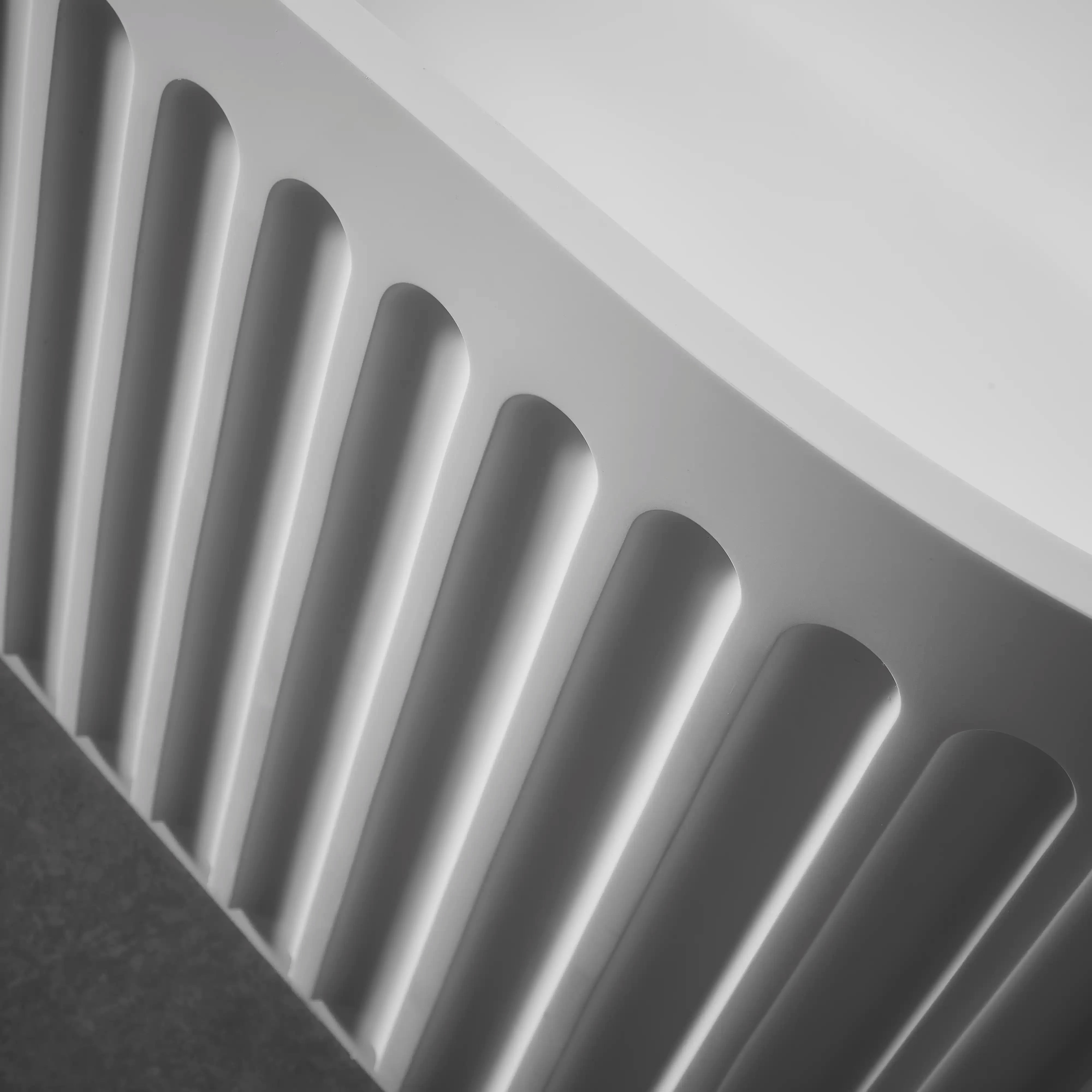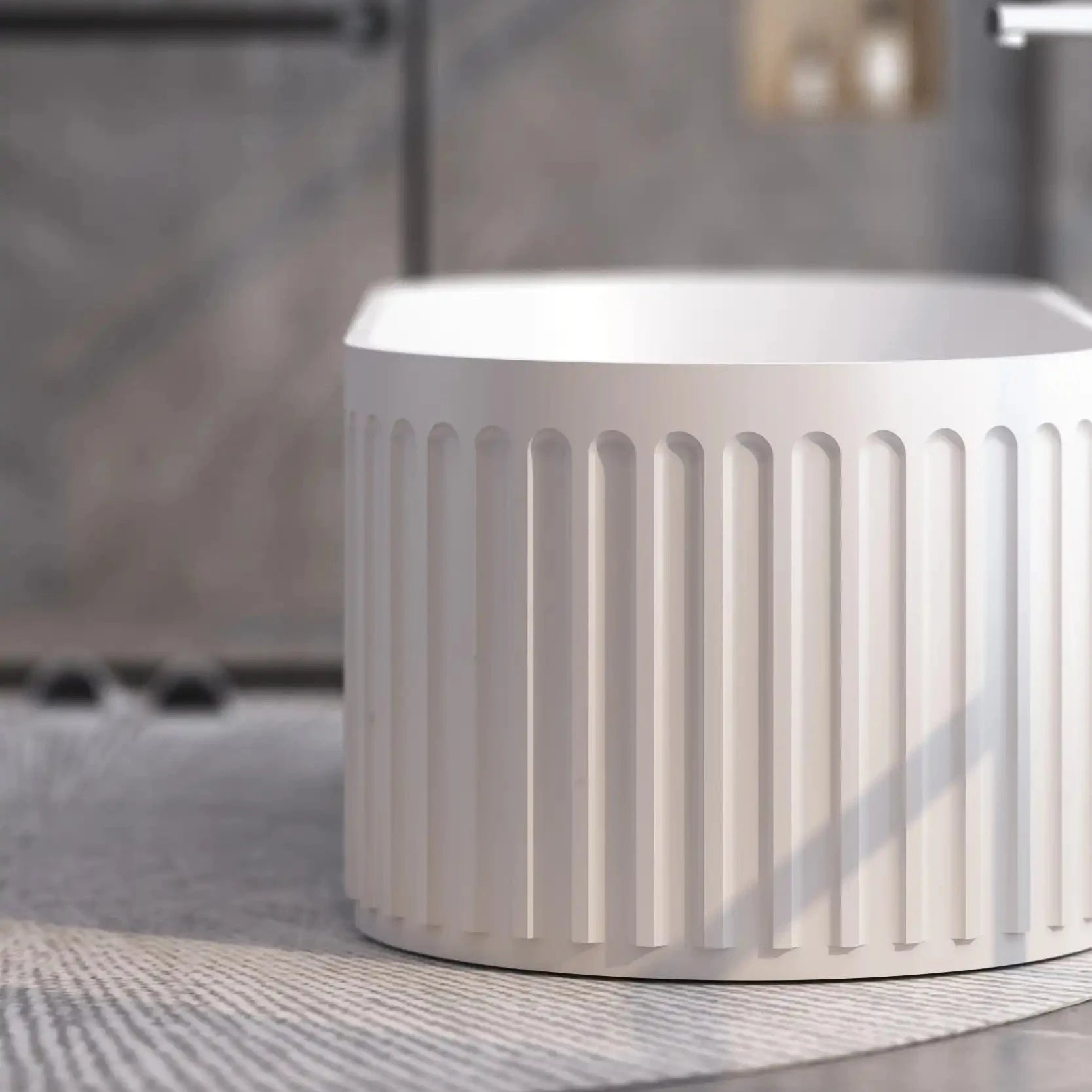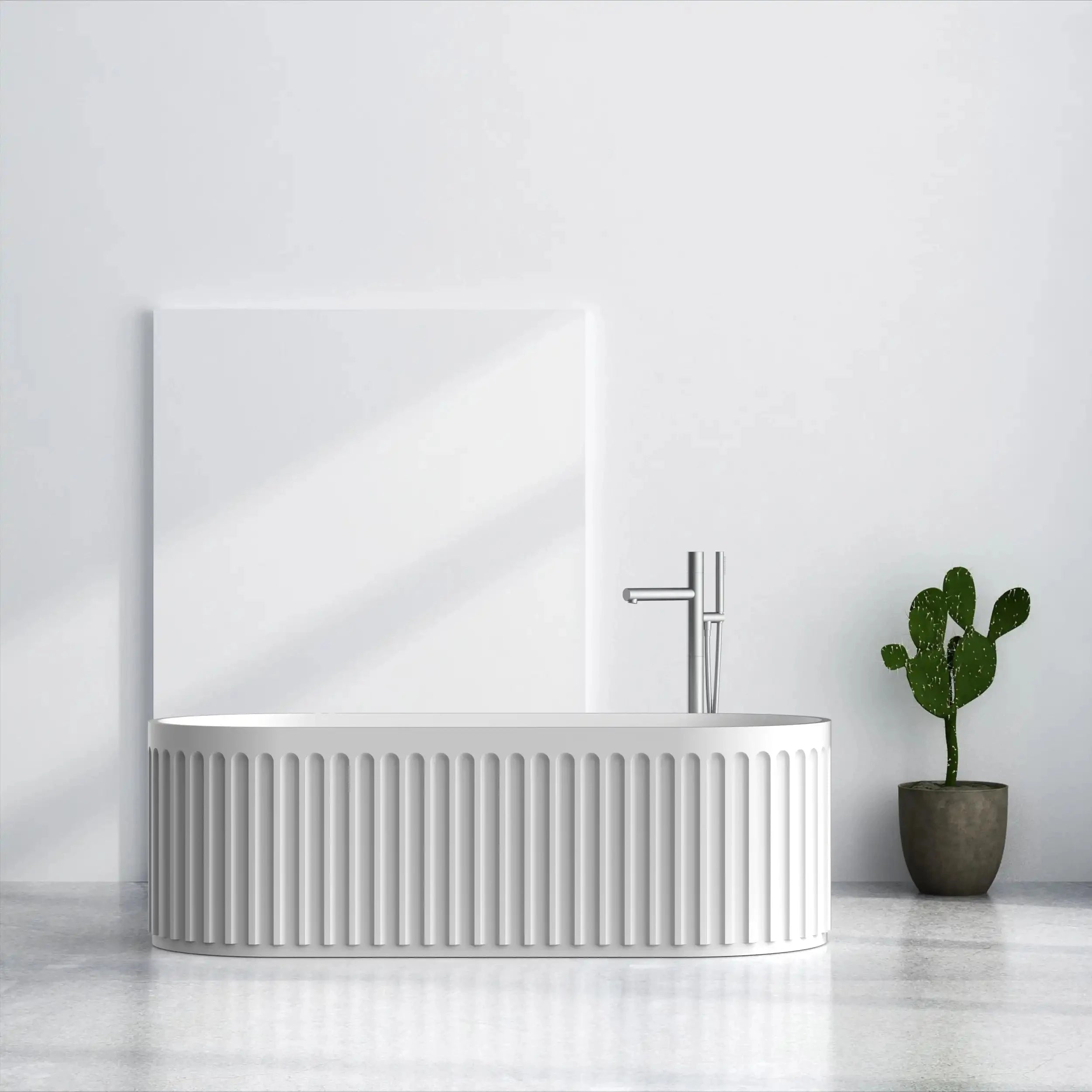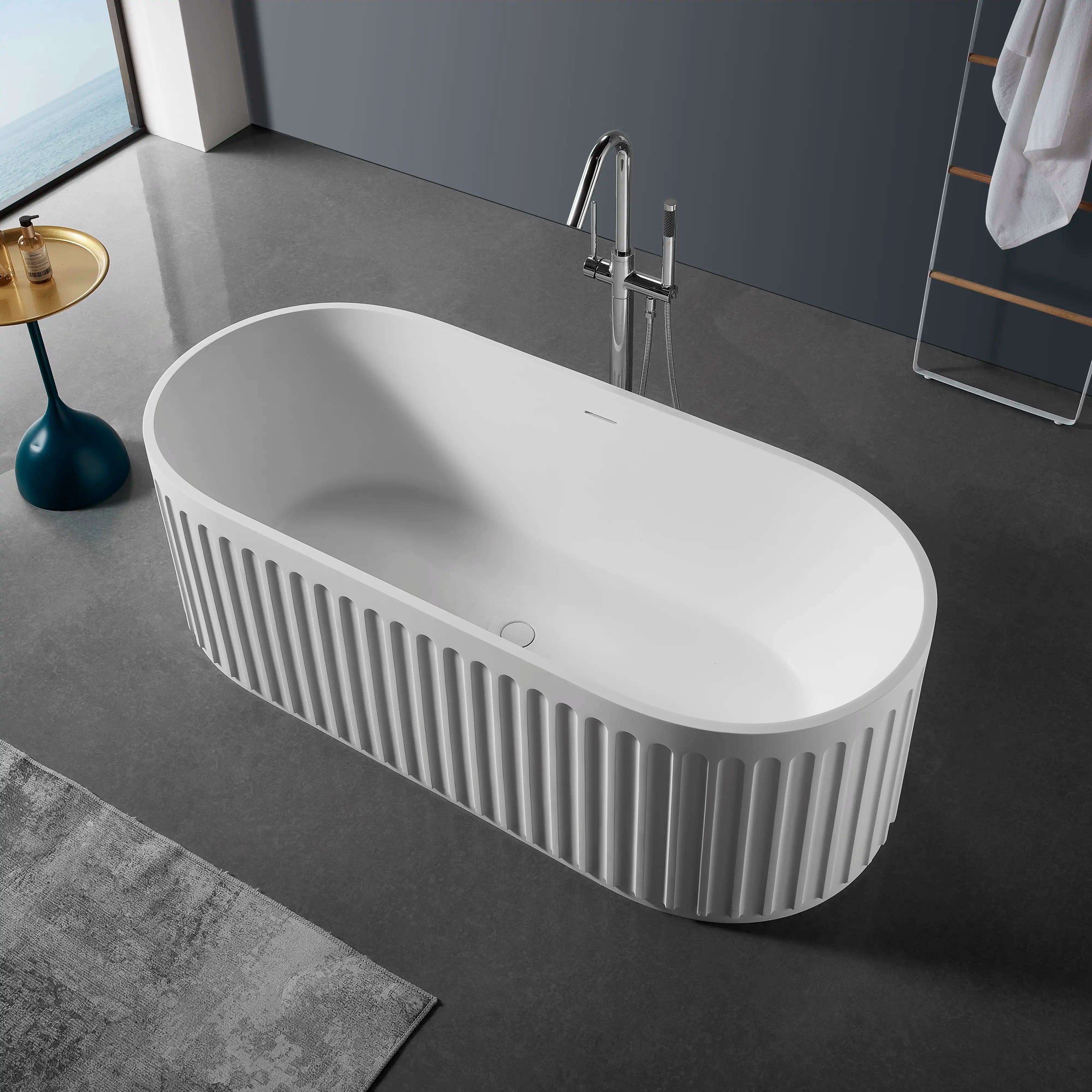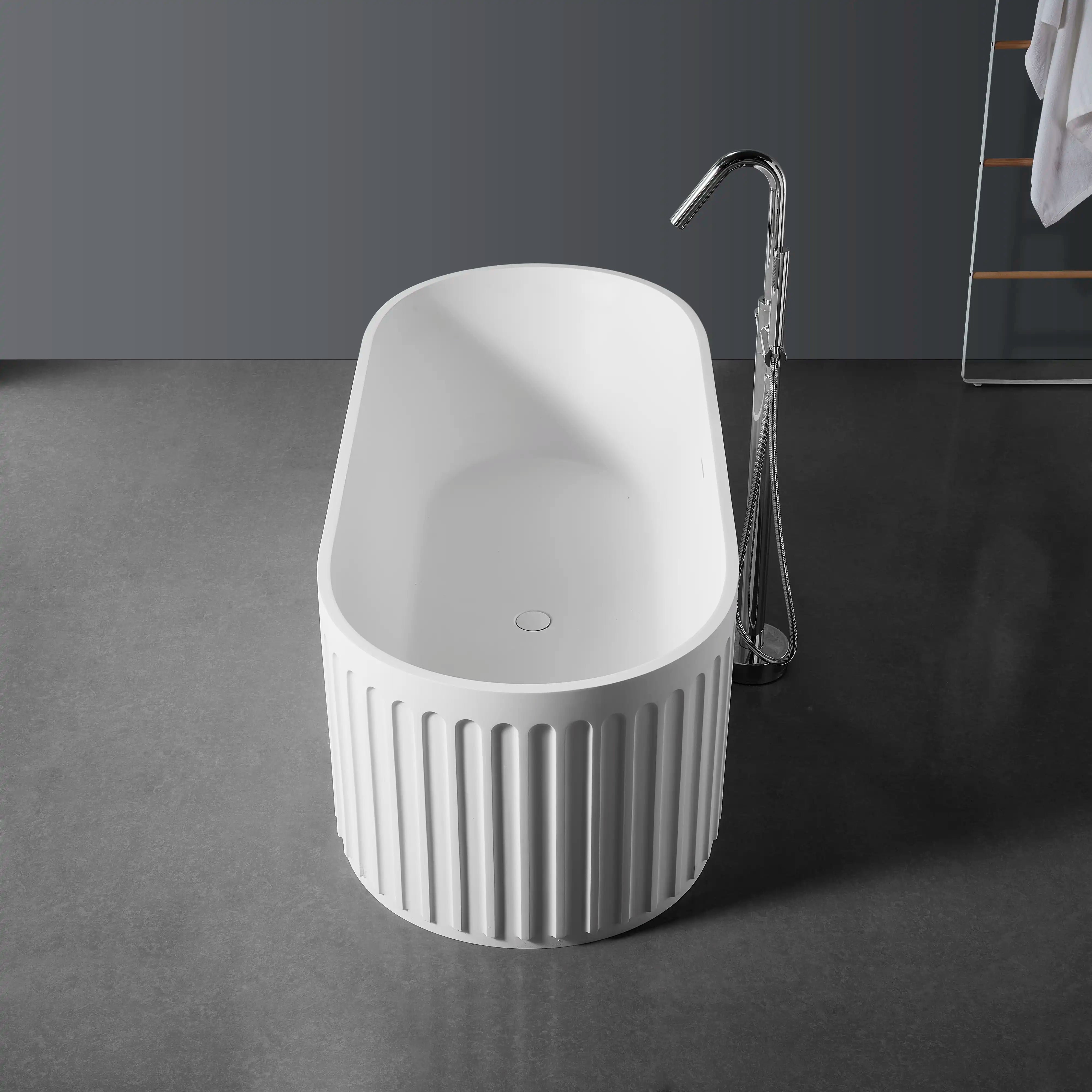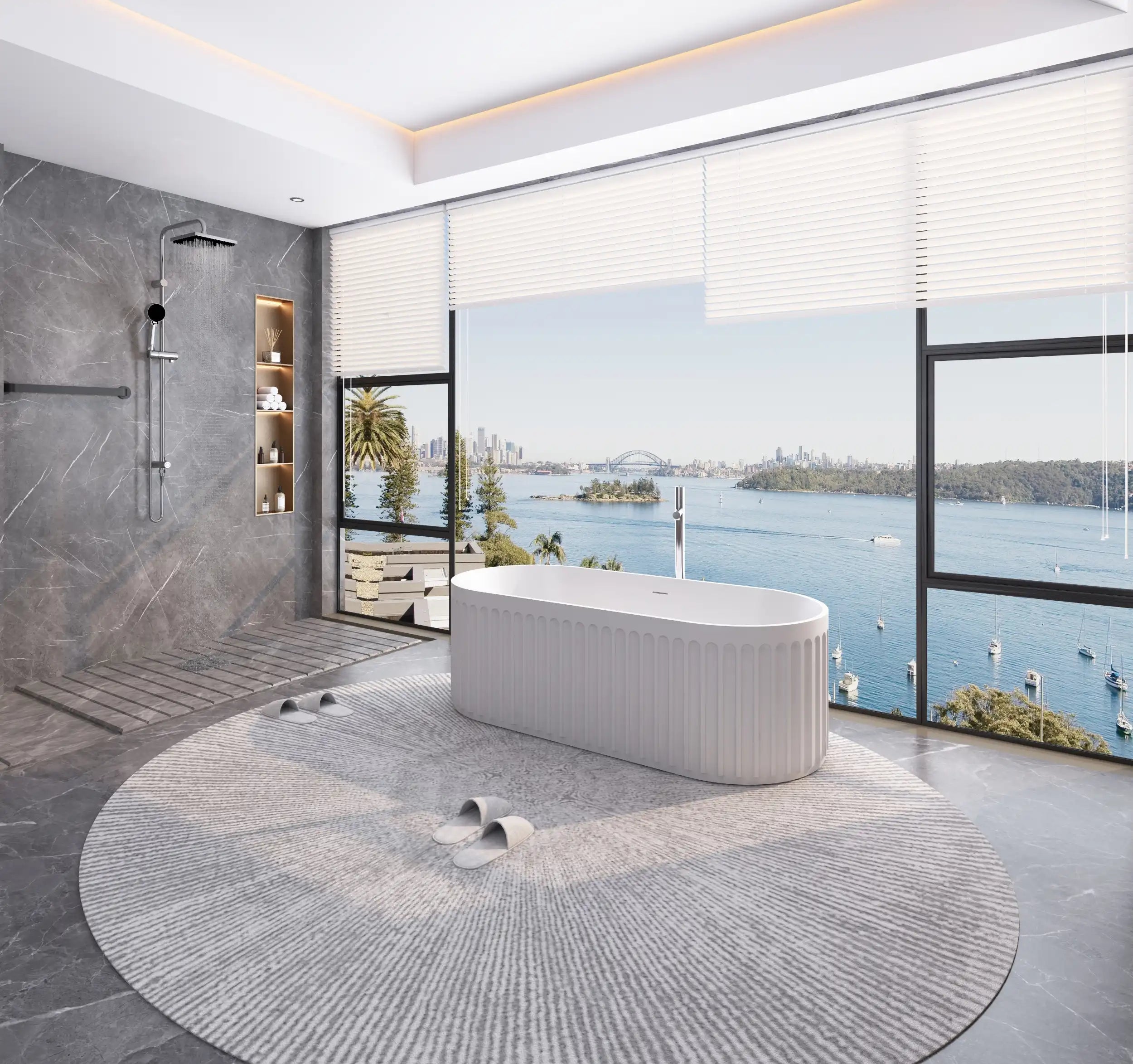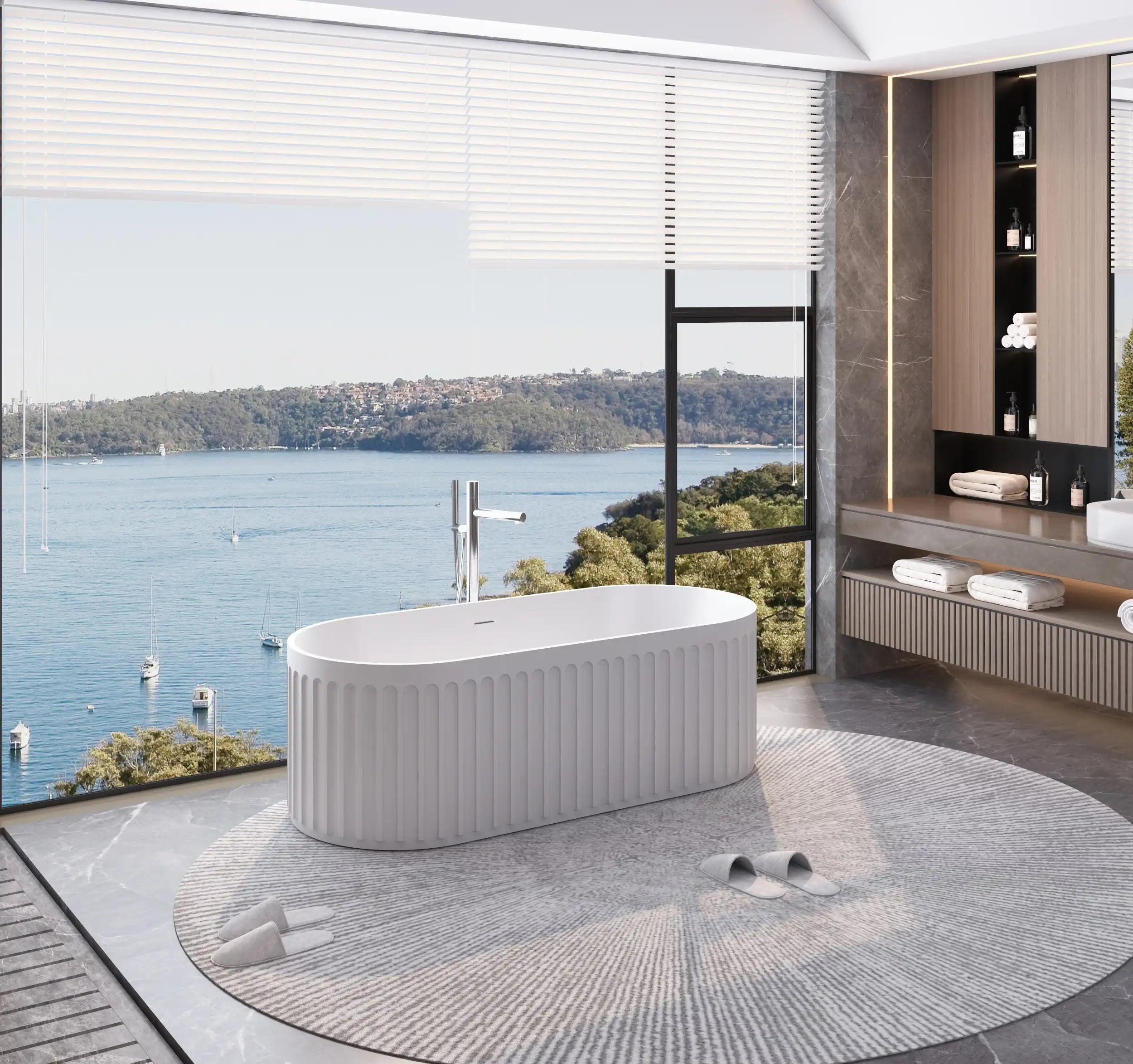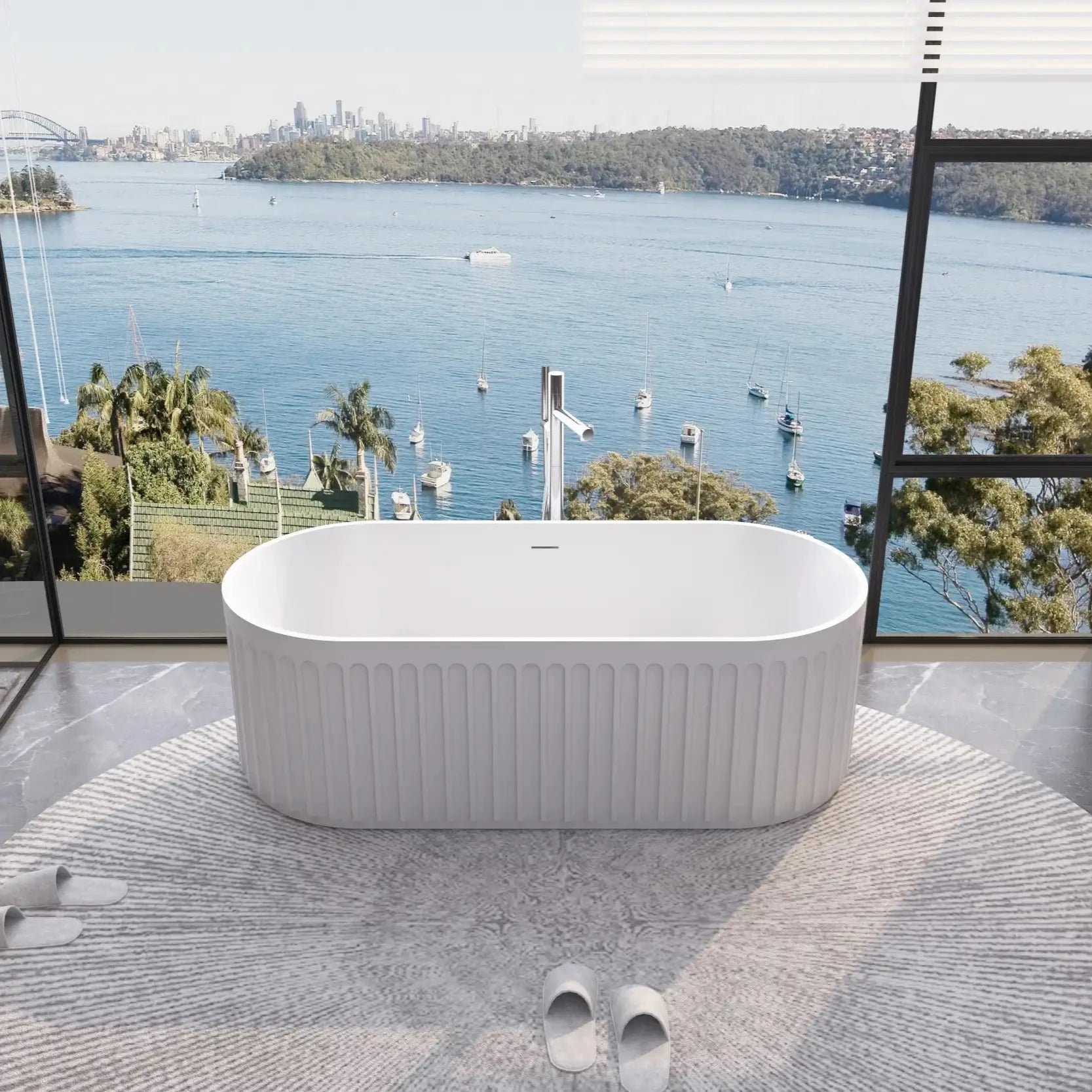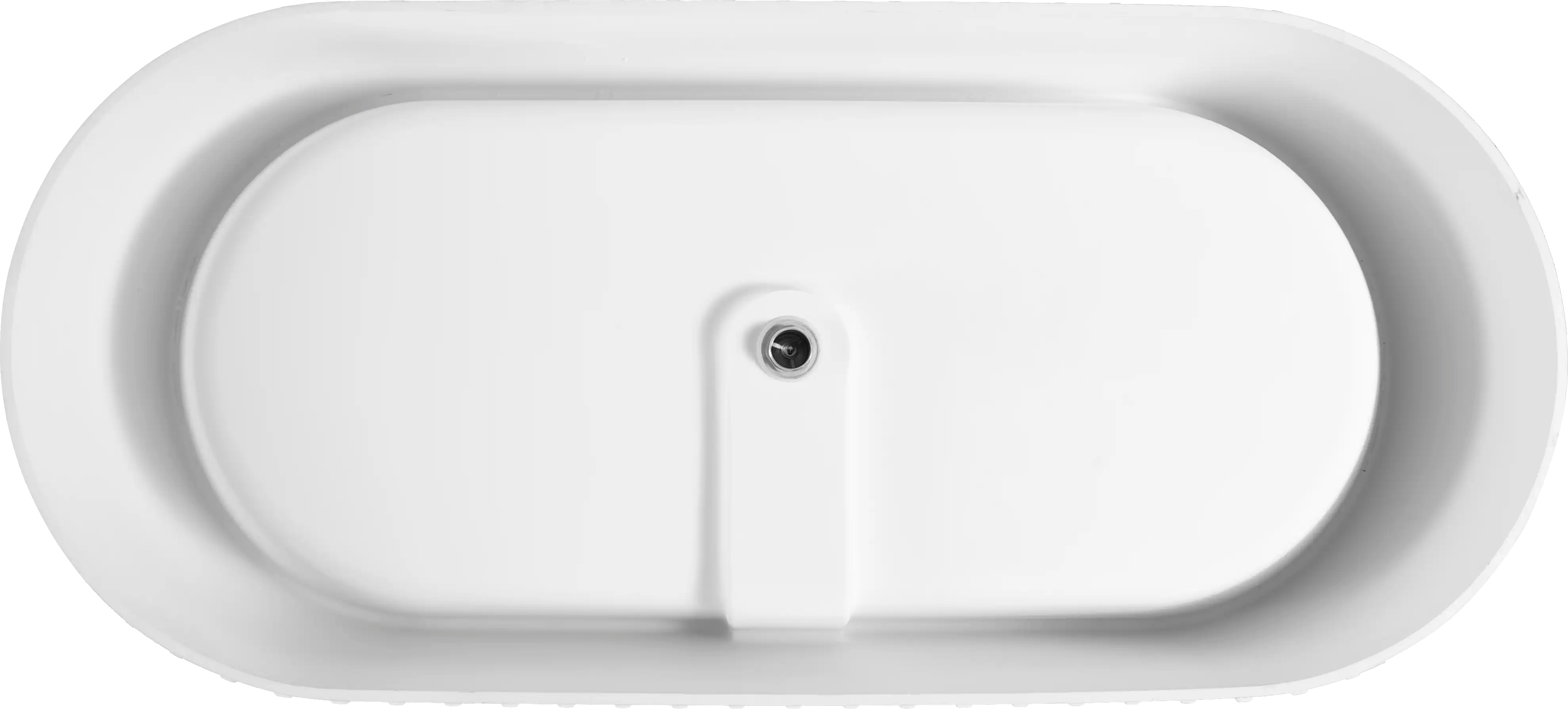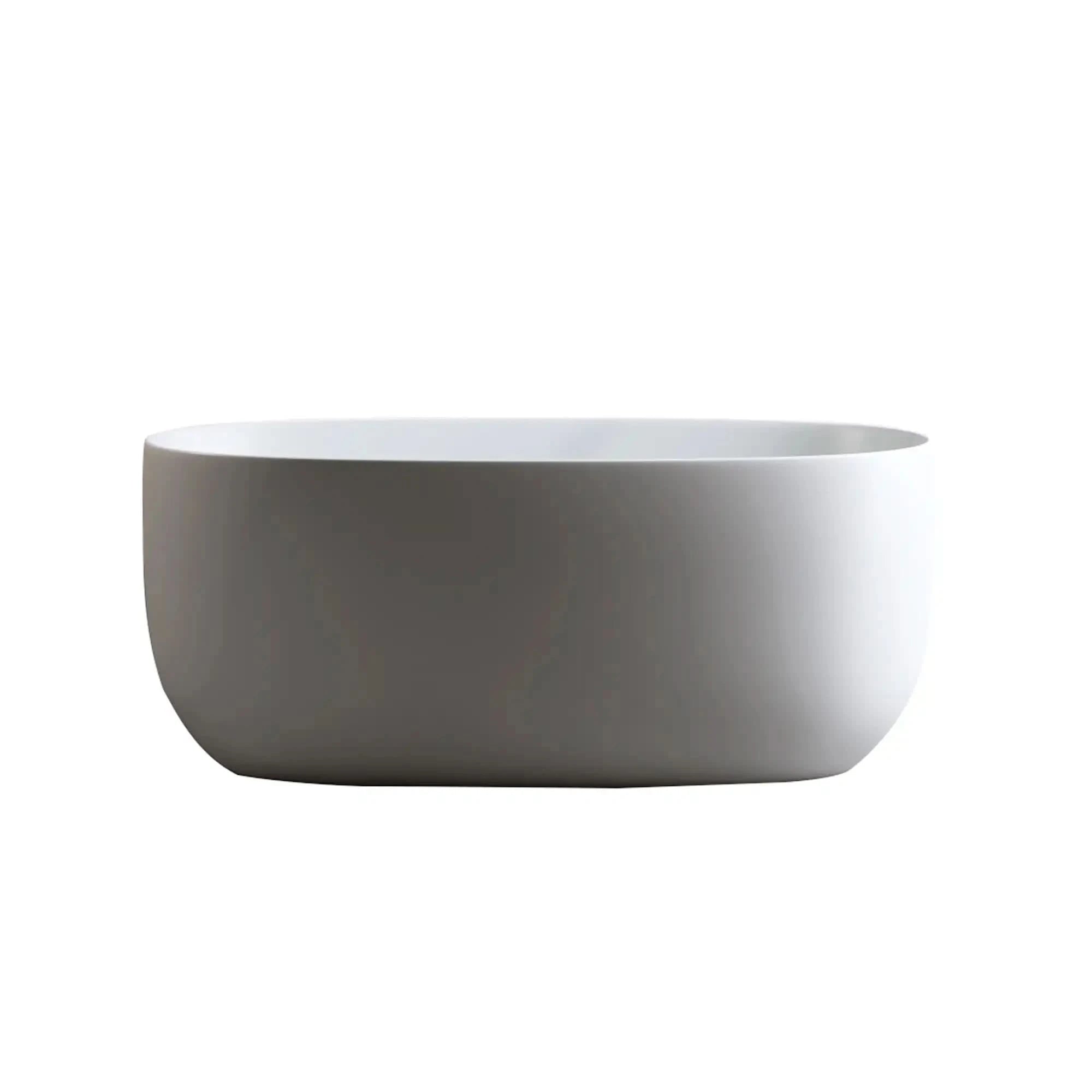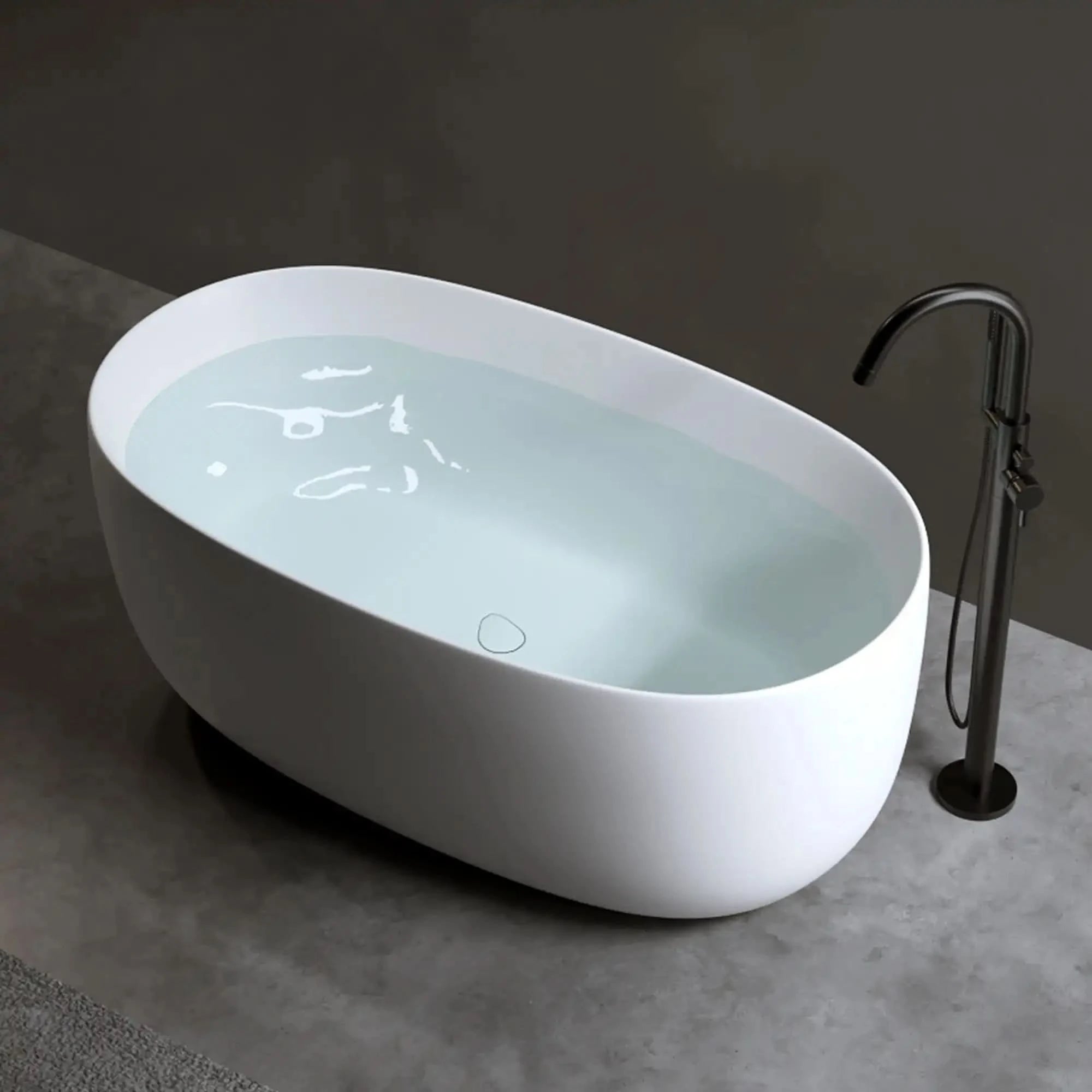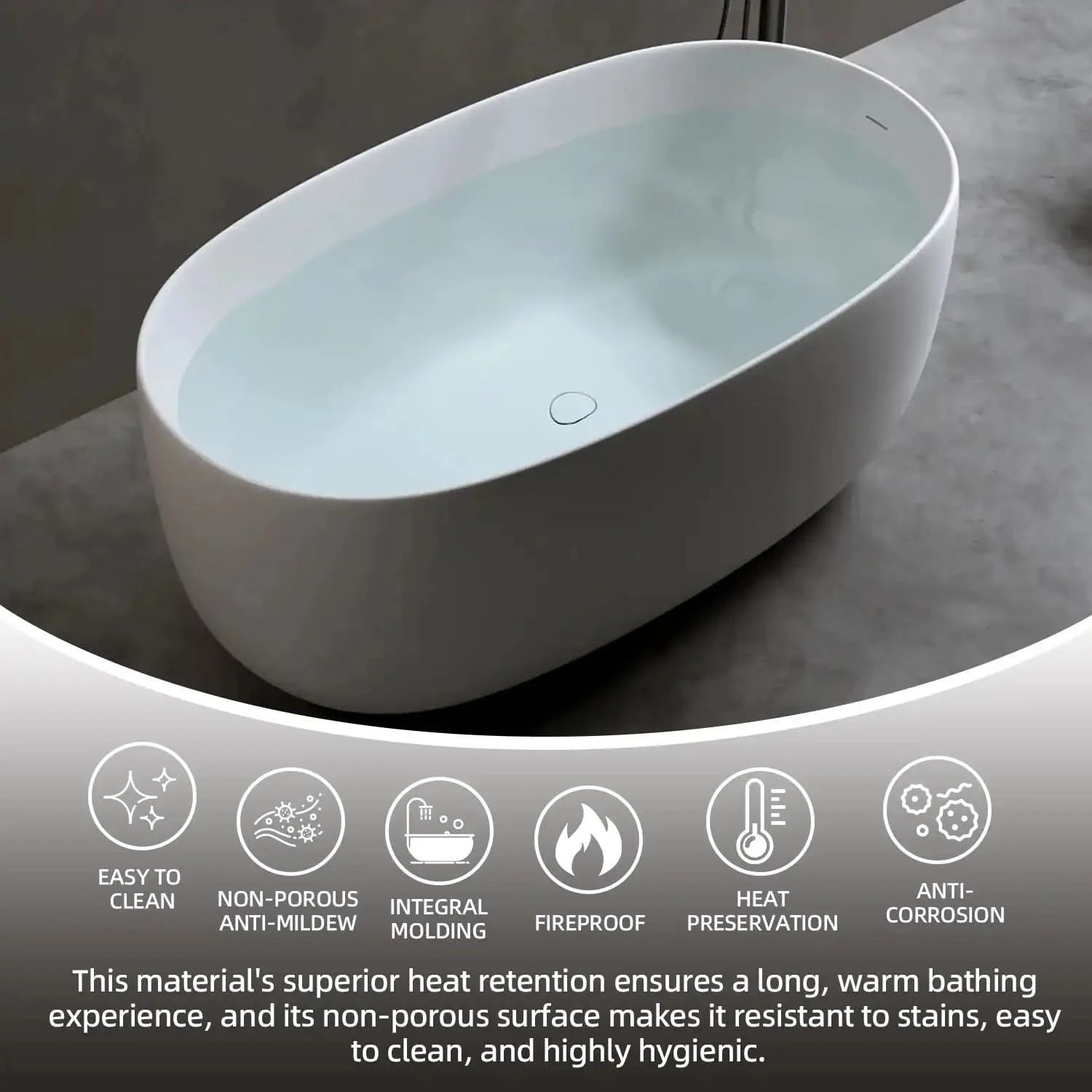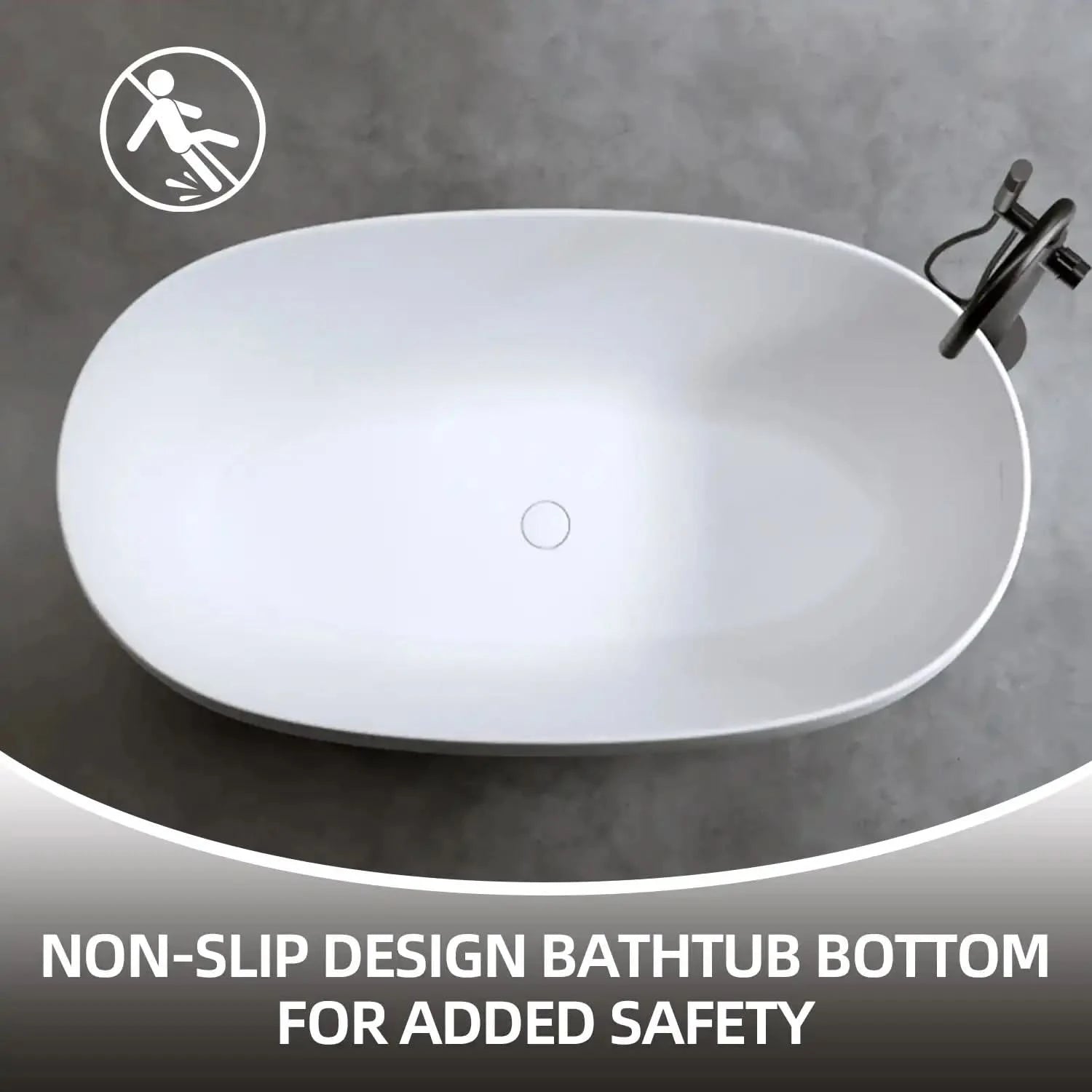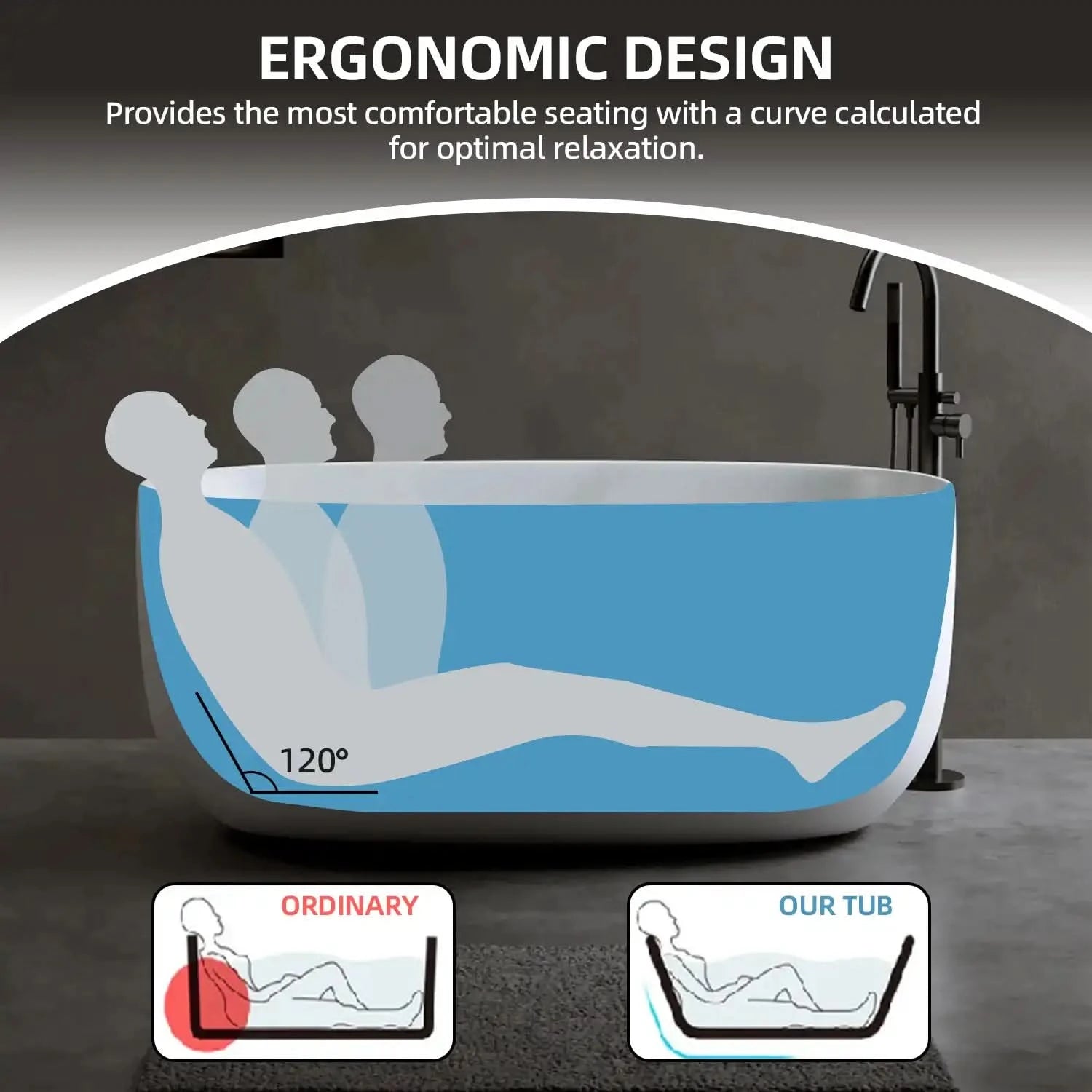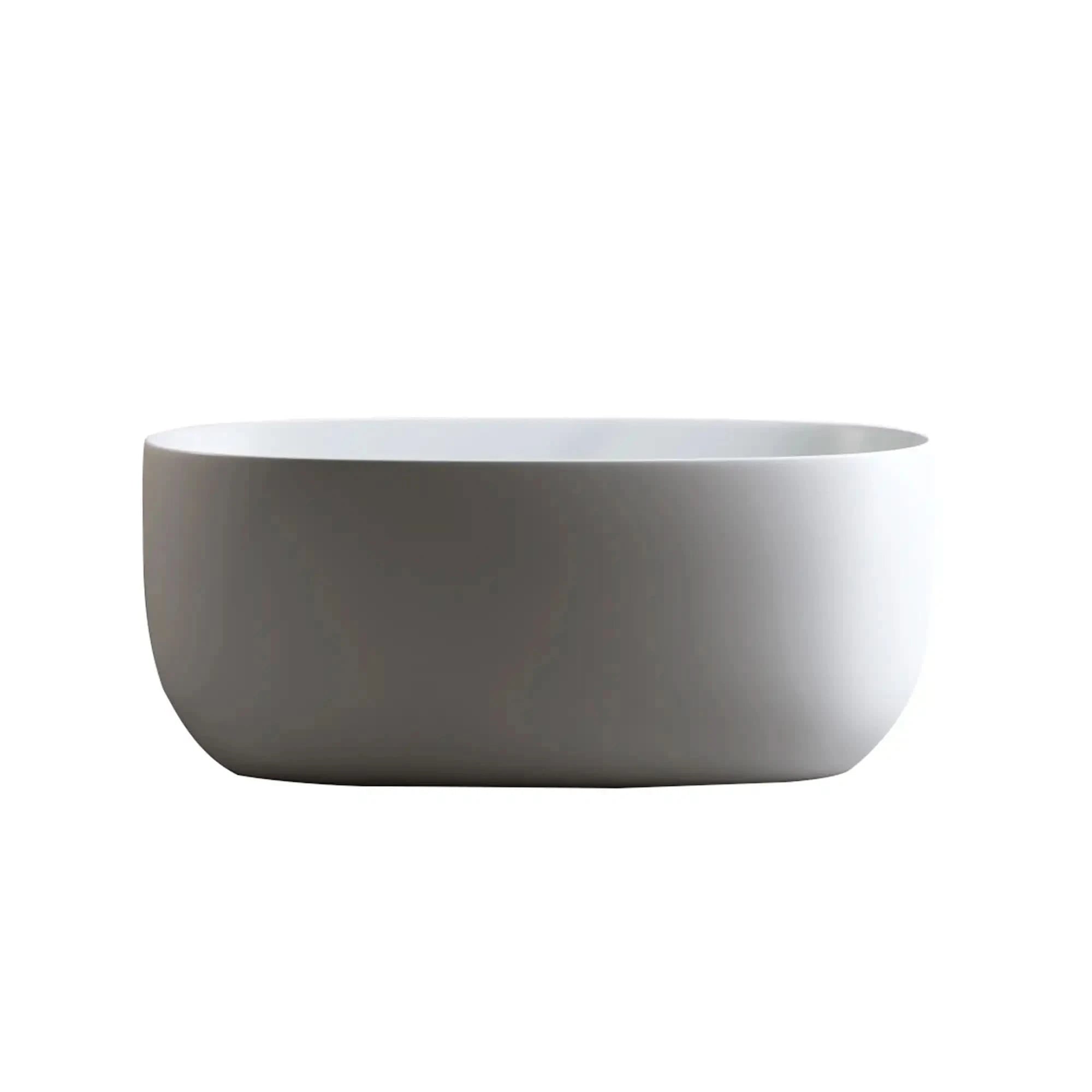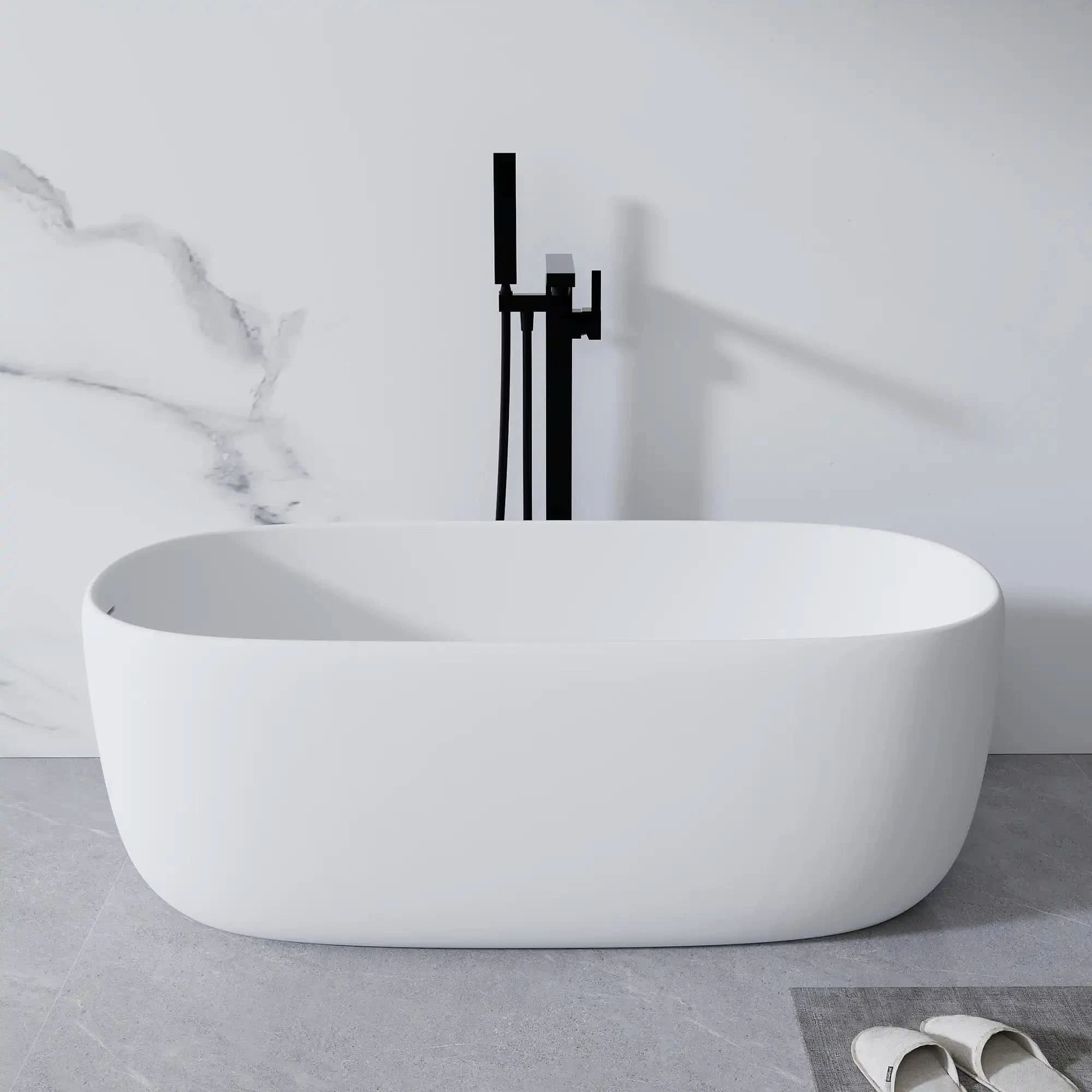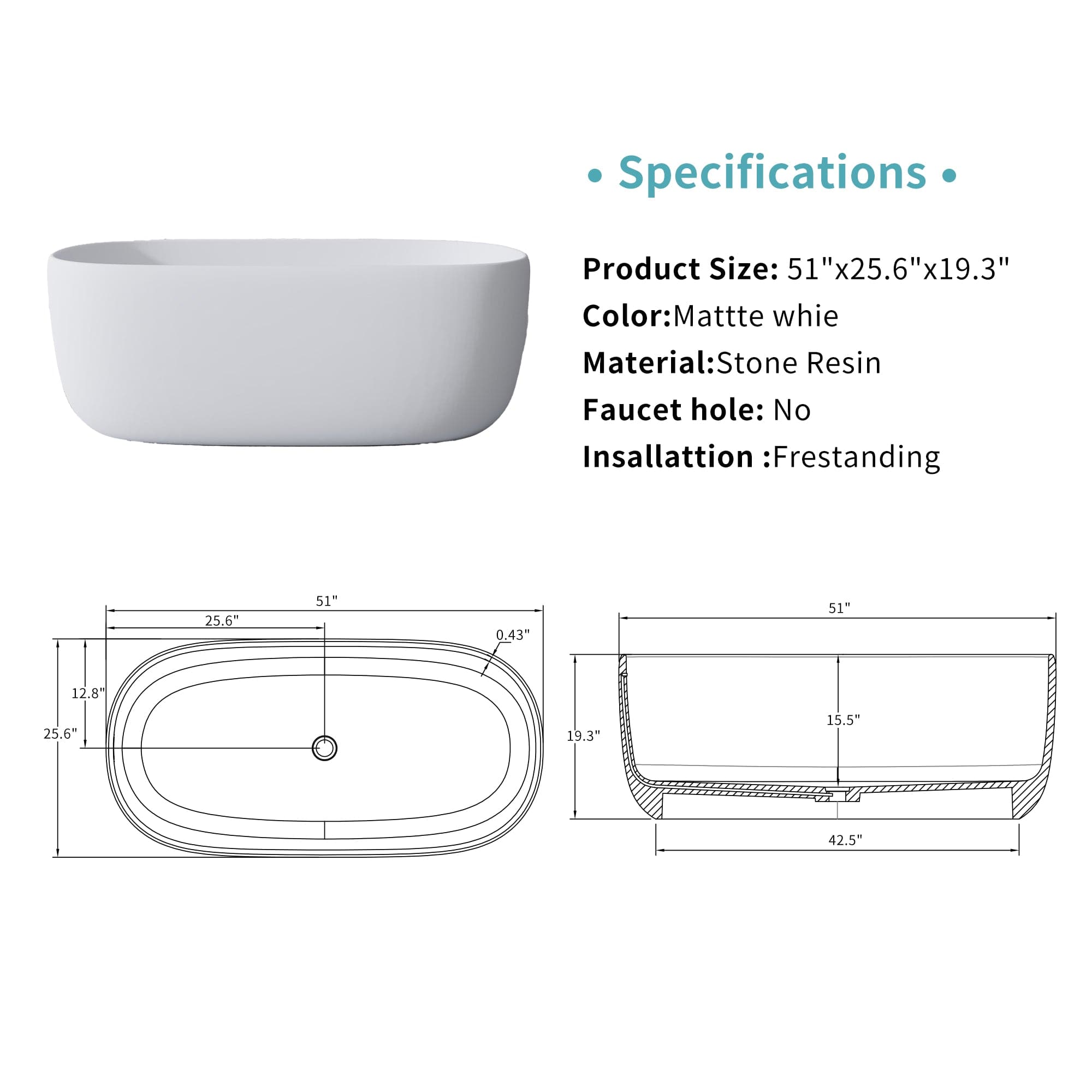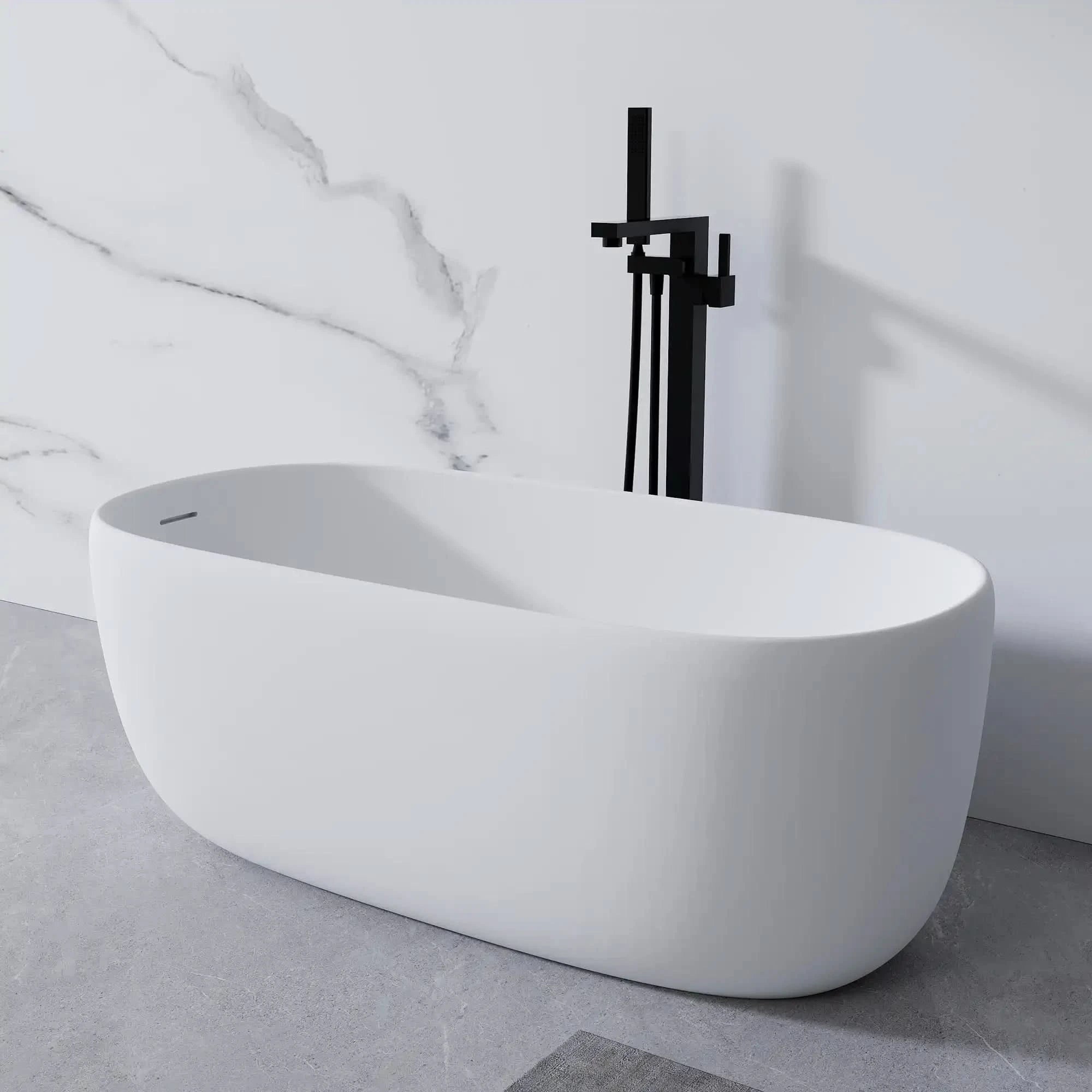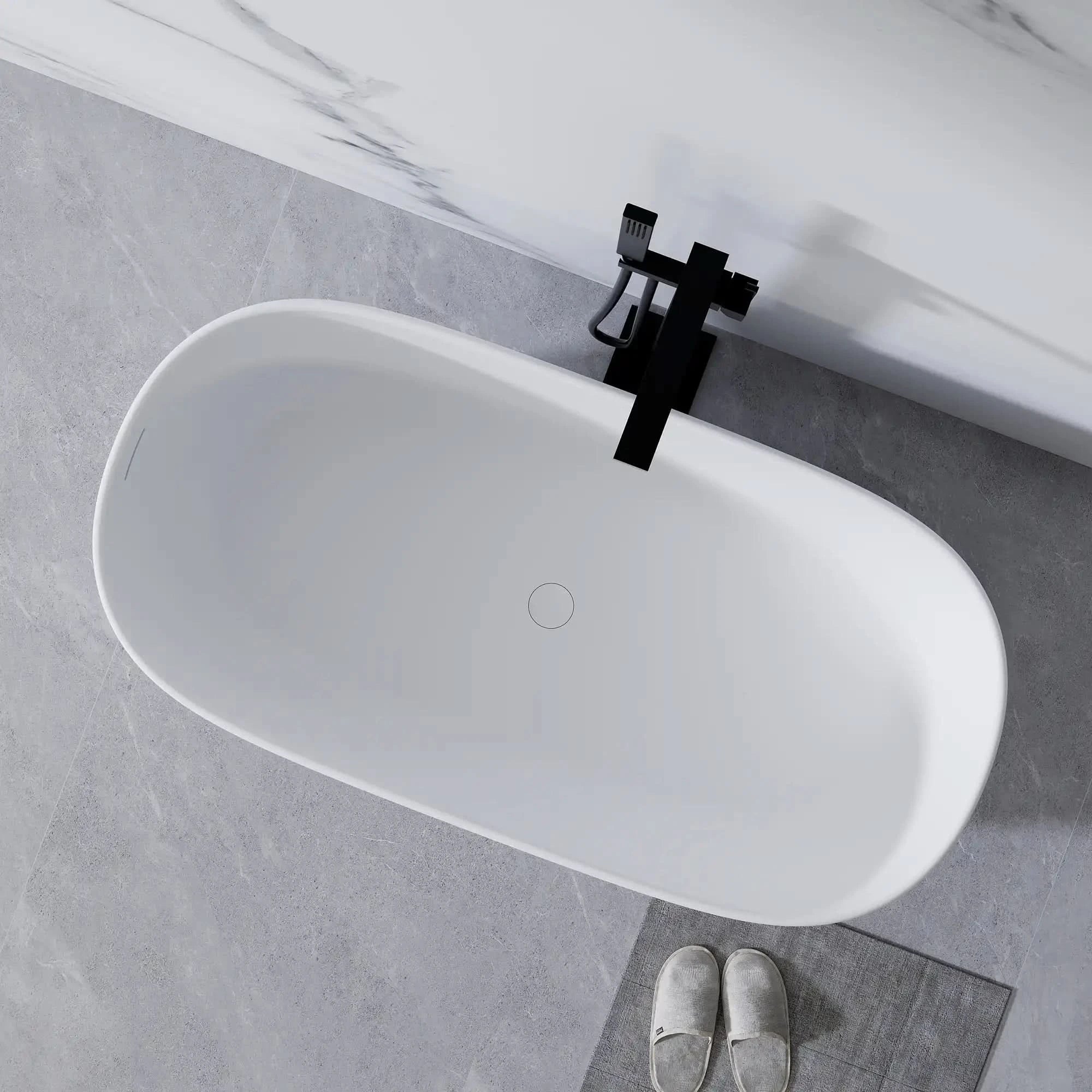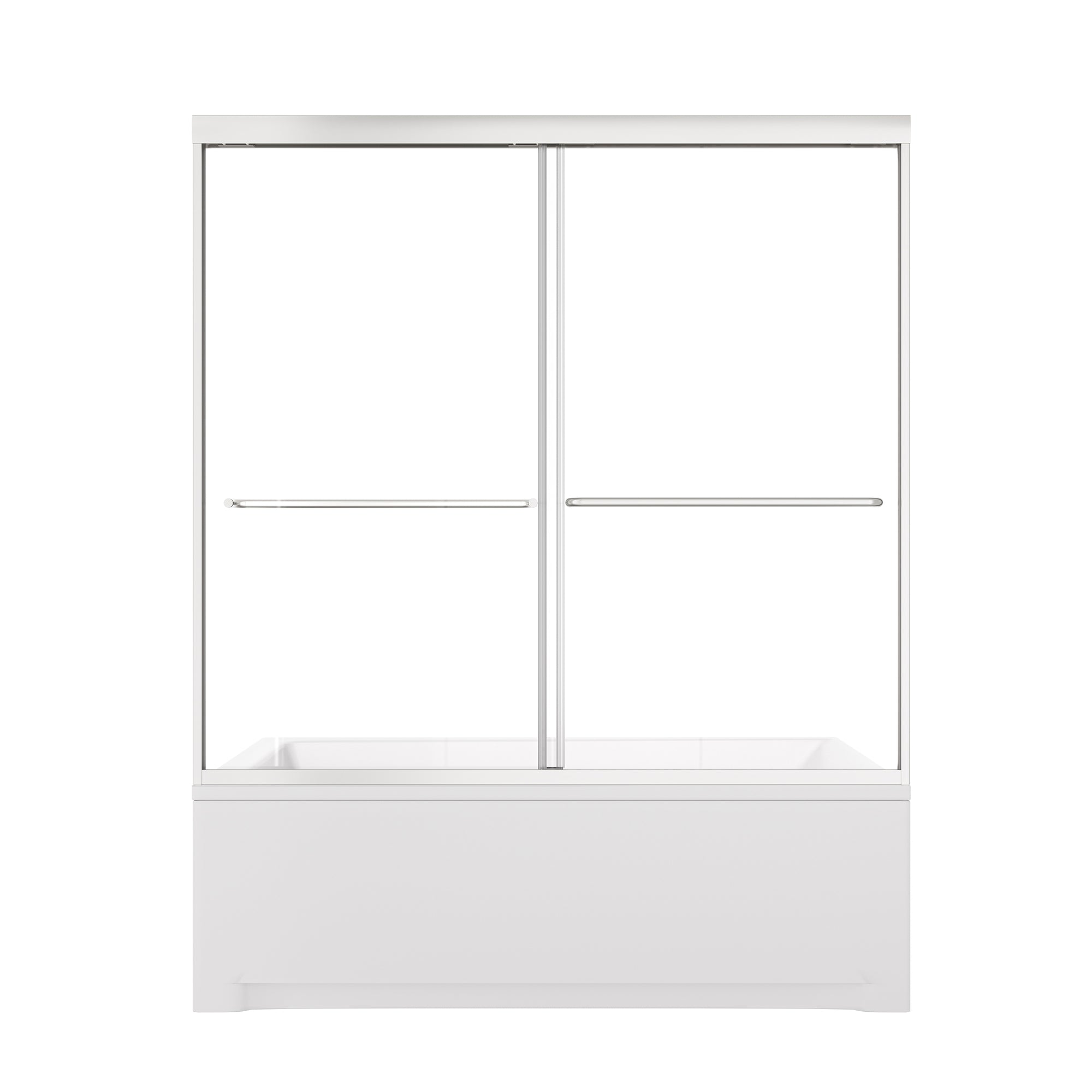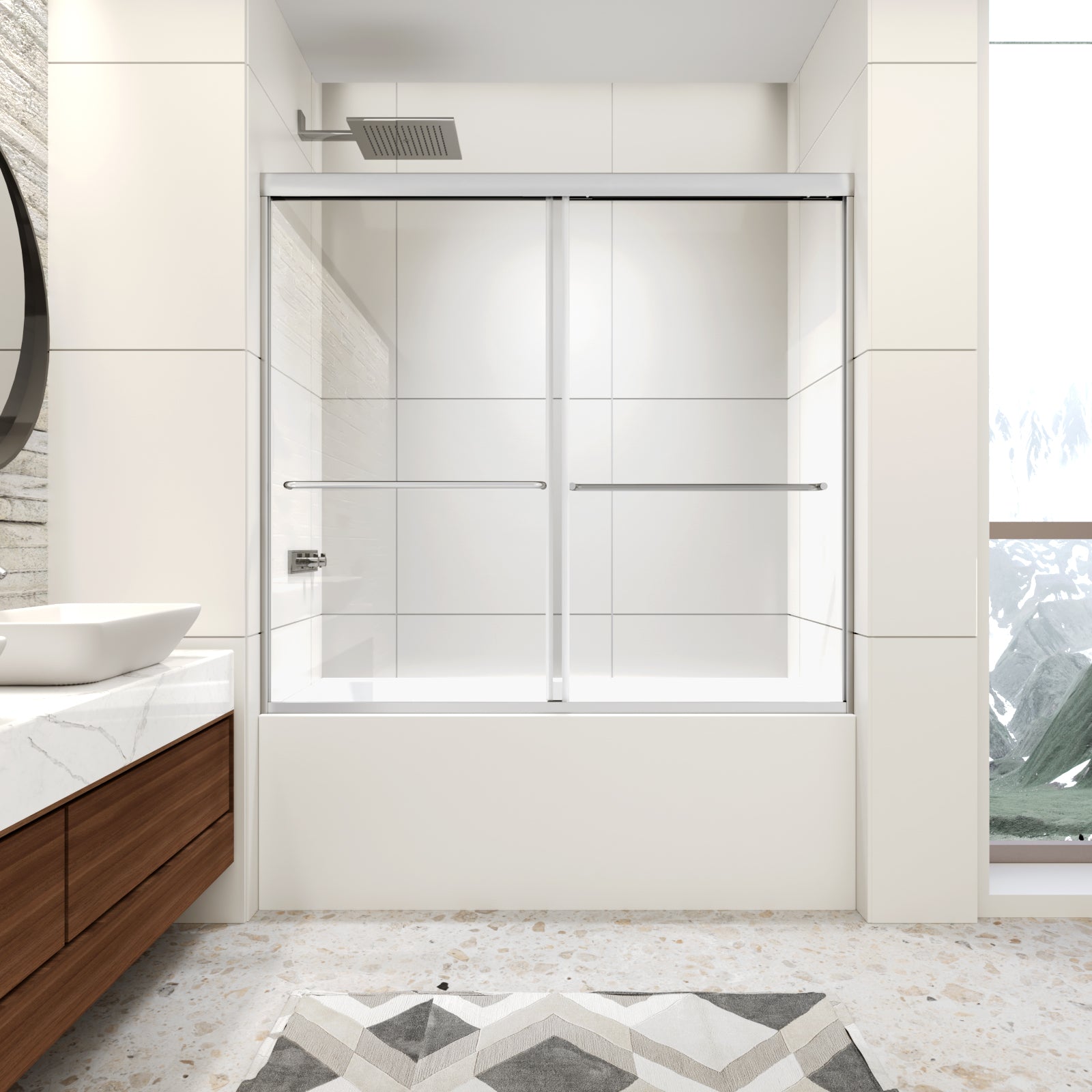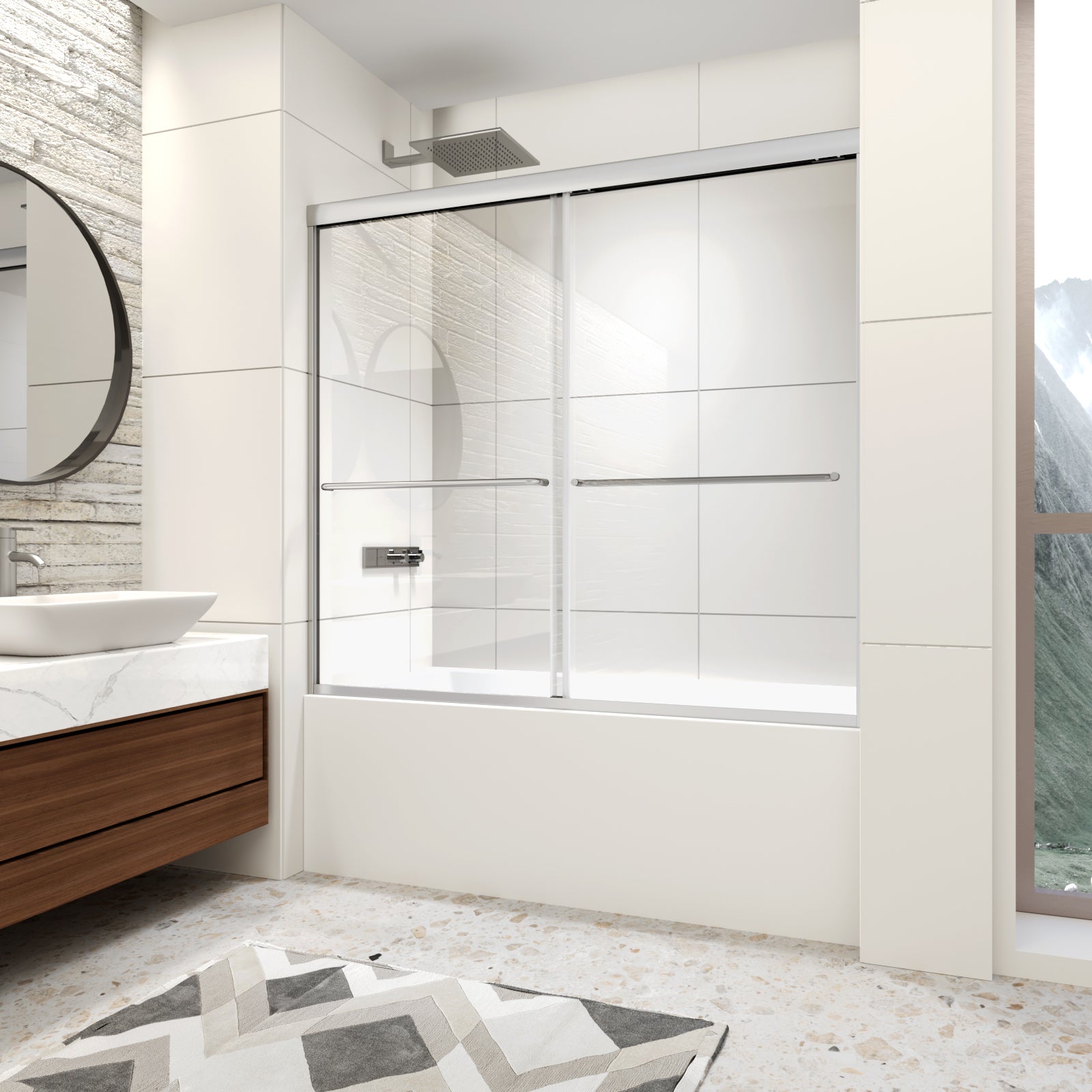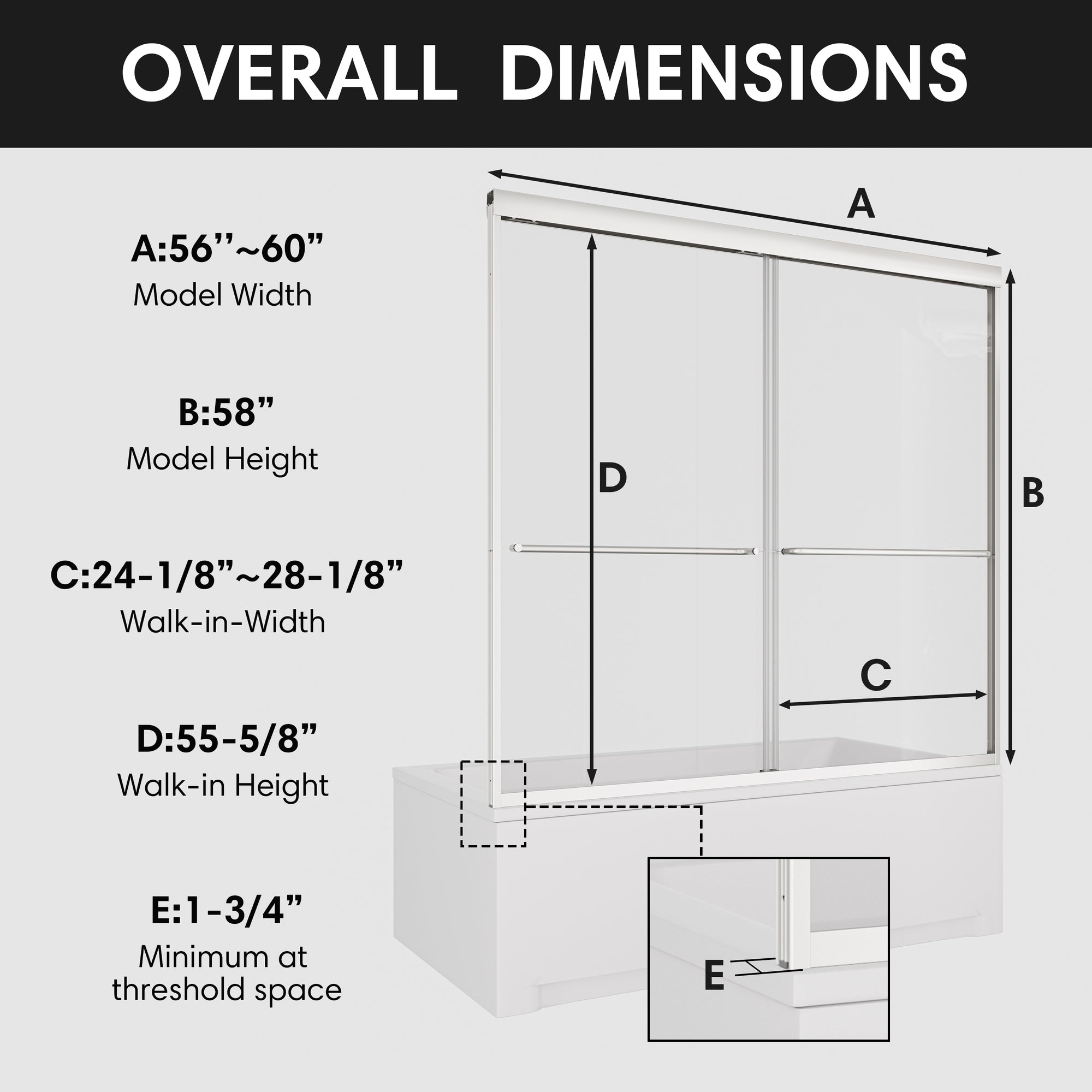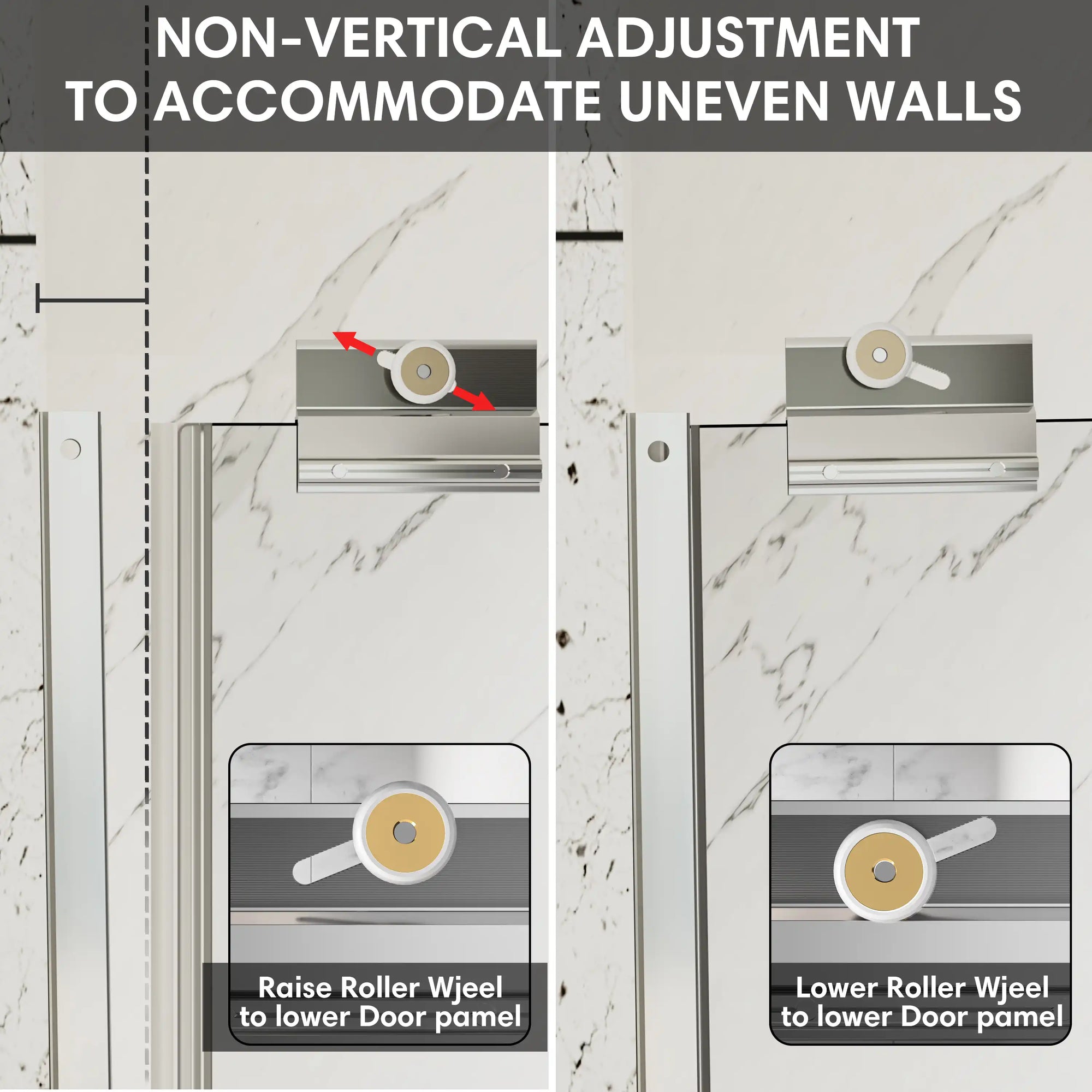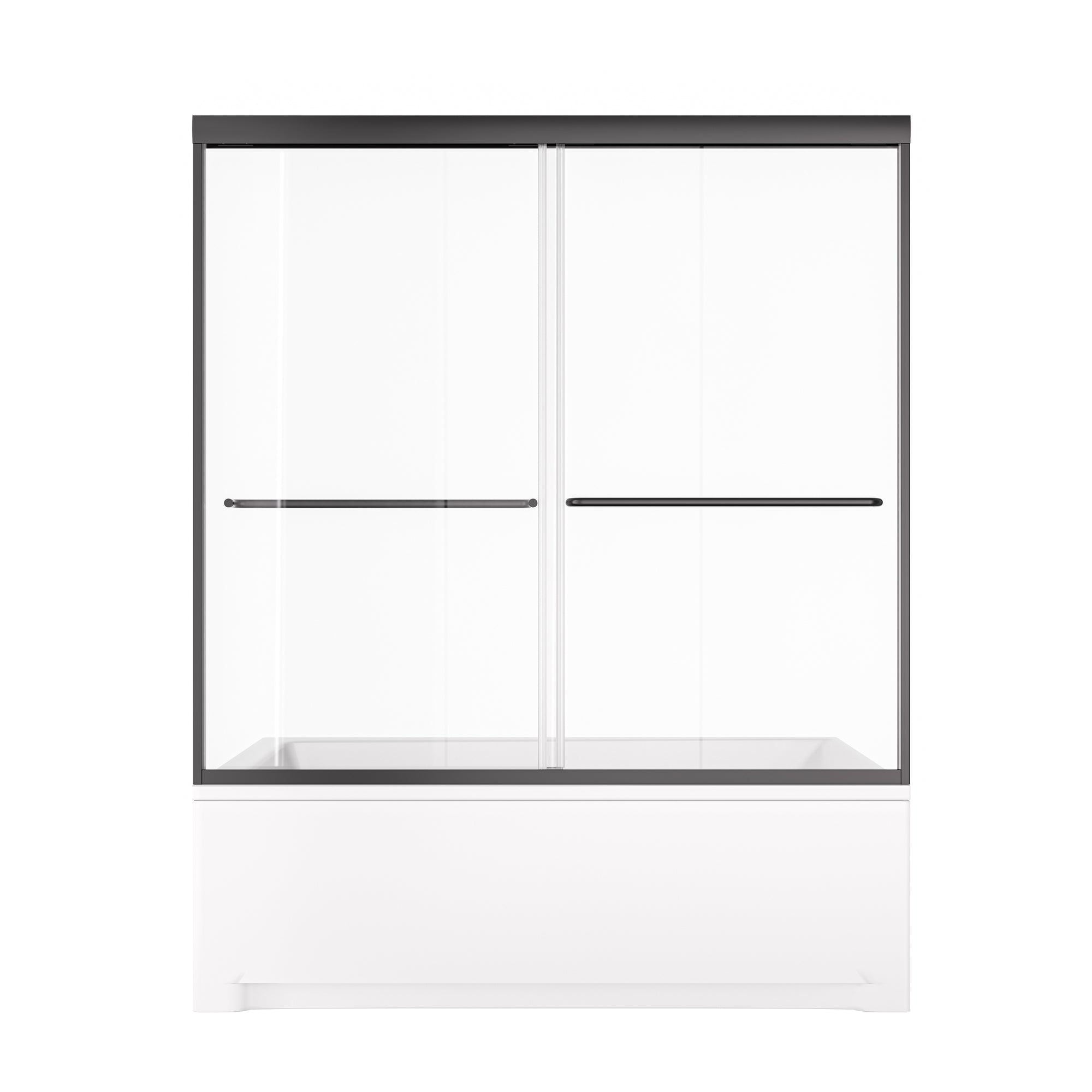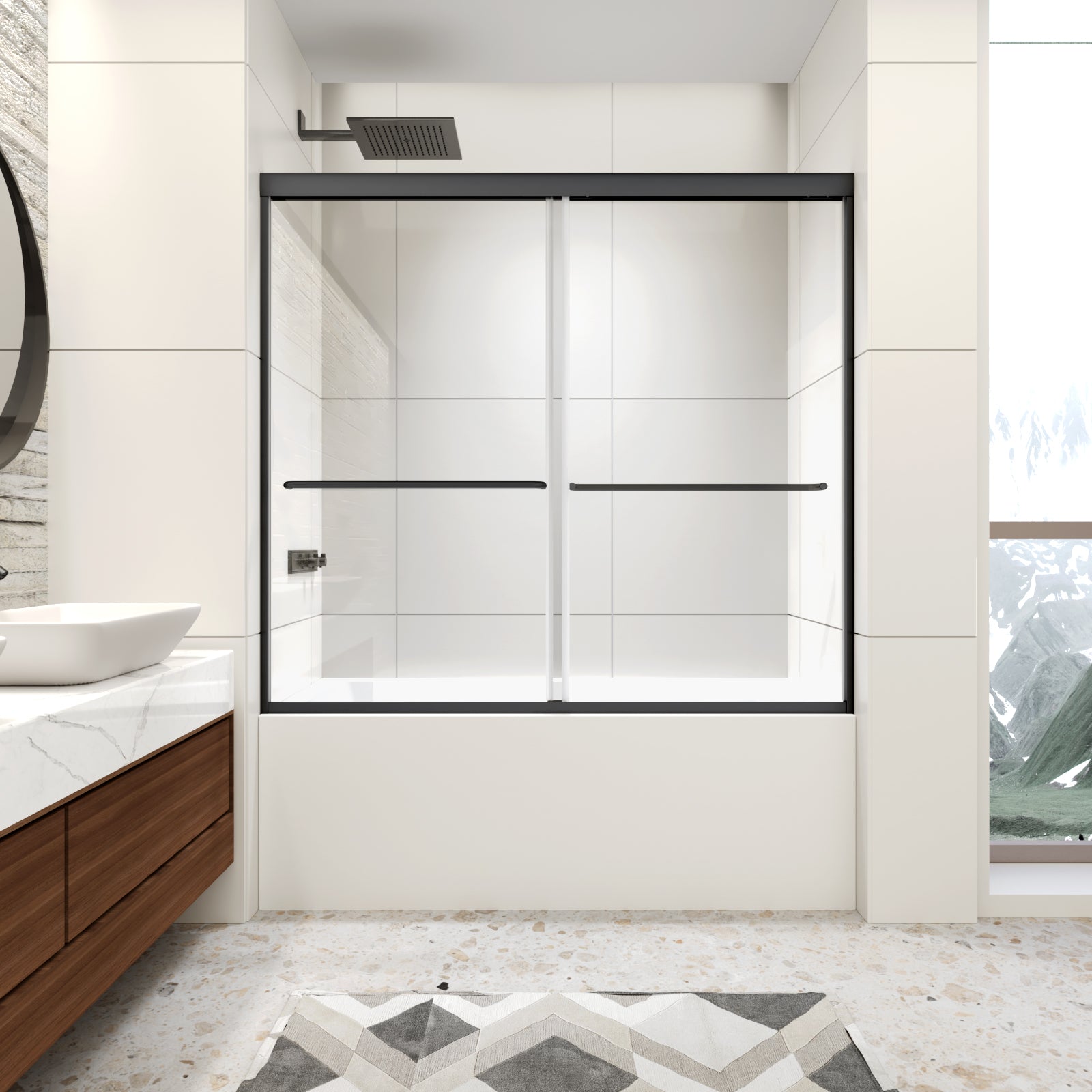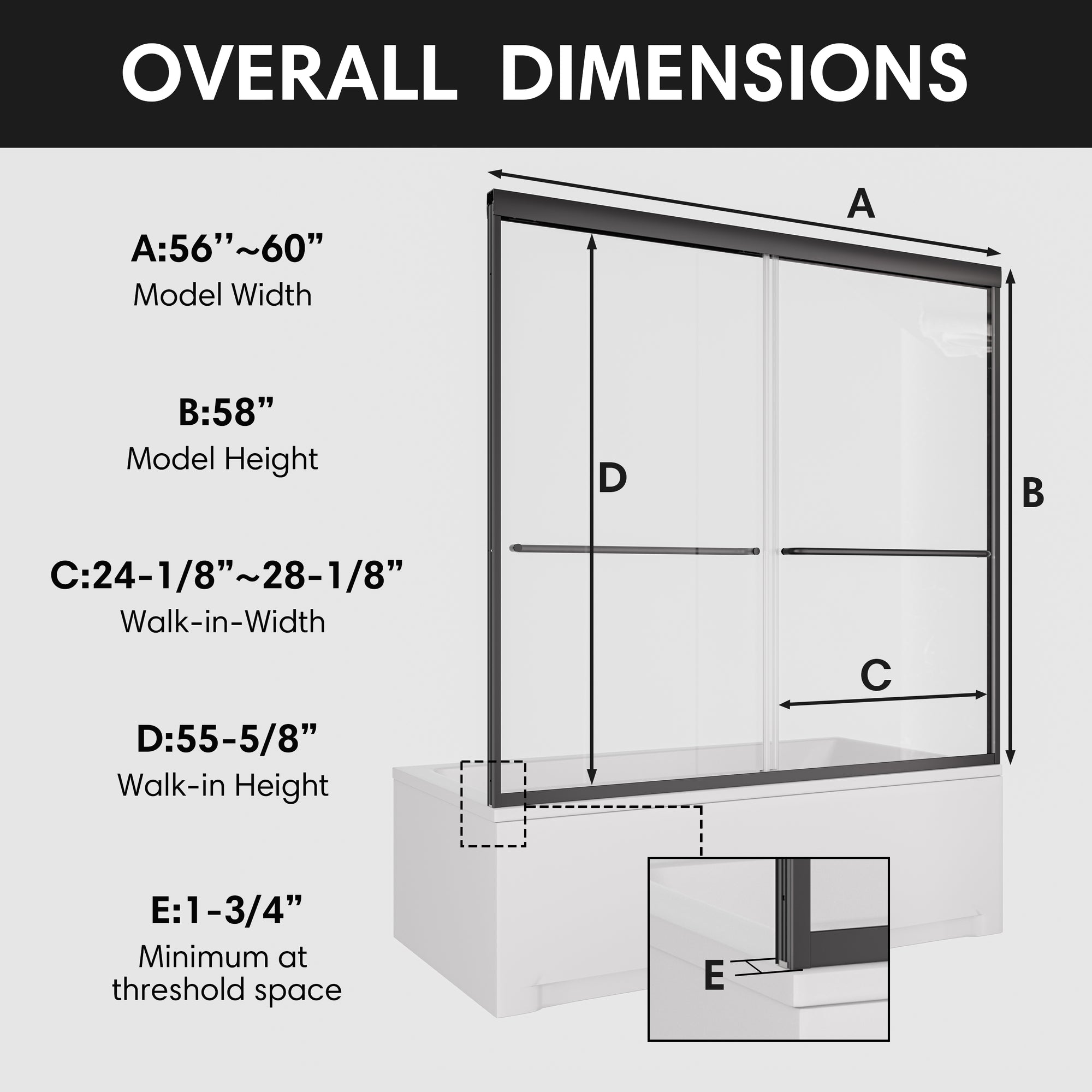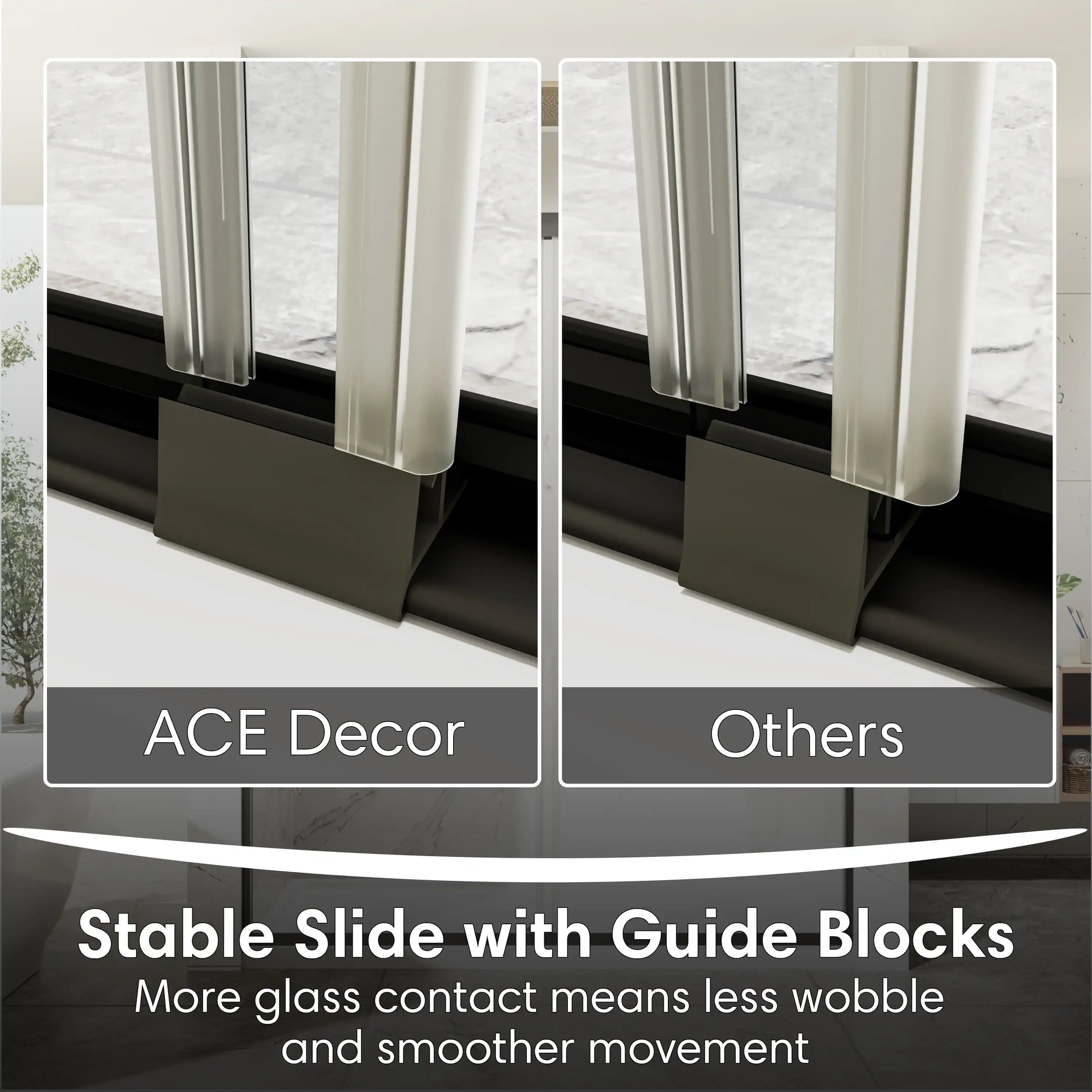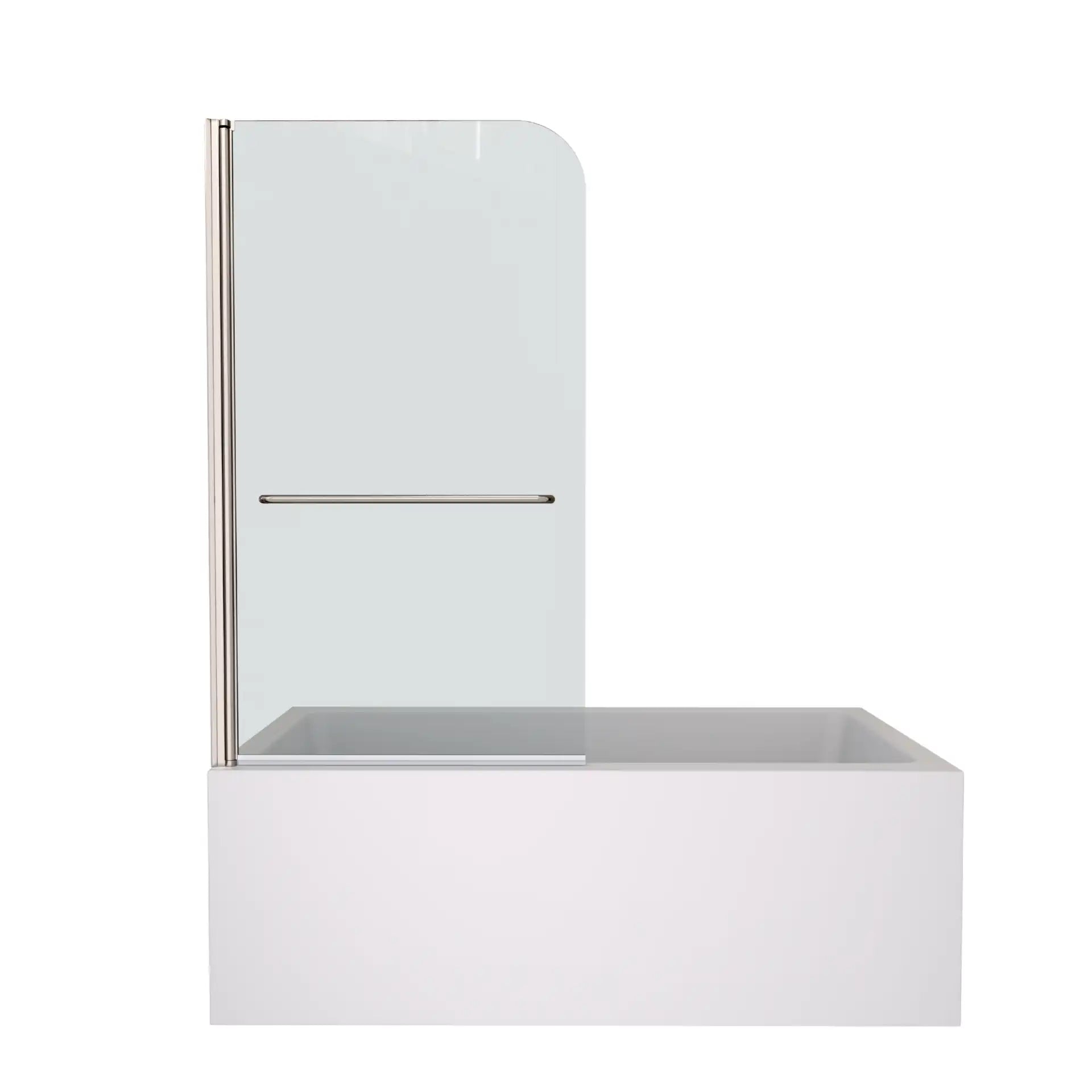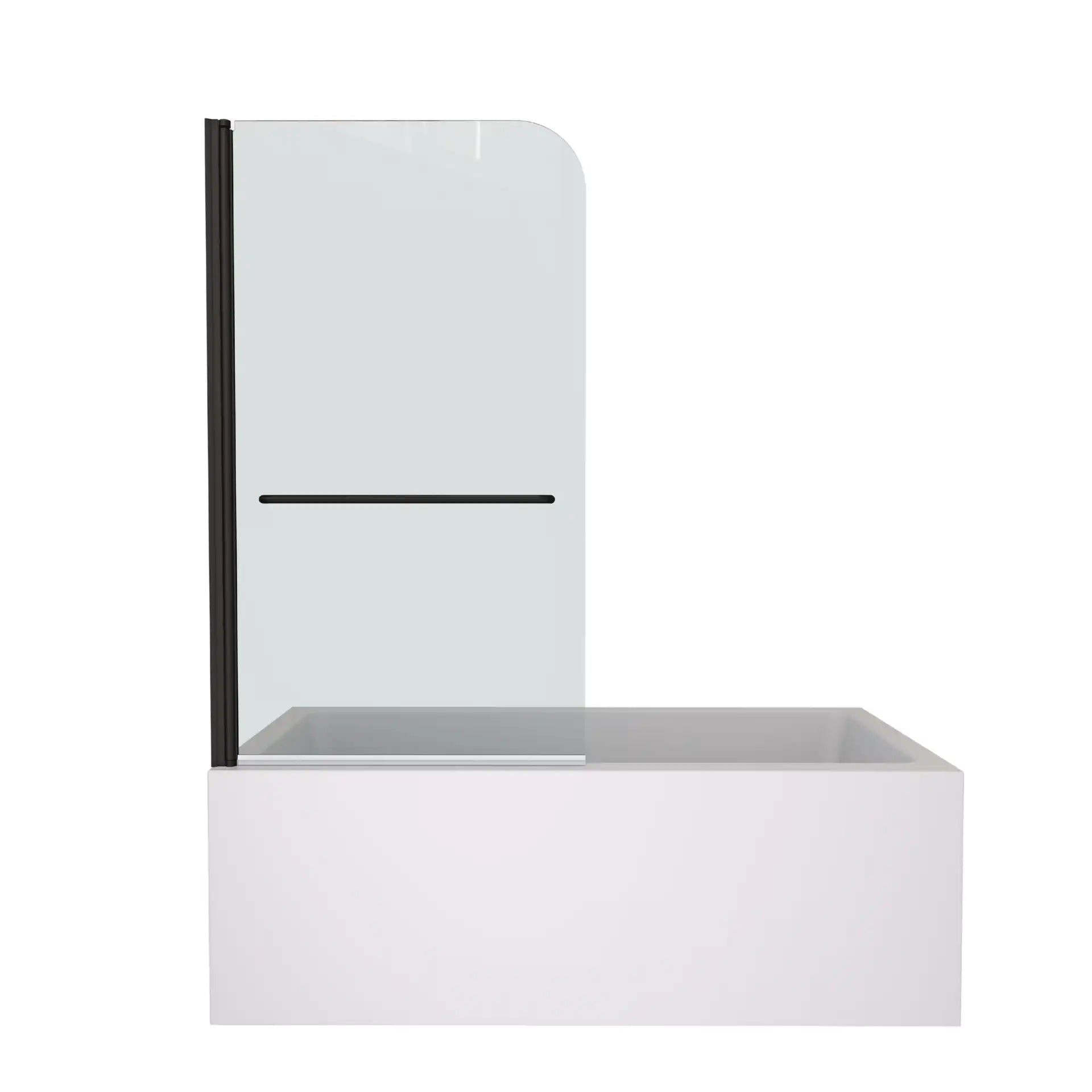Table of Contents
- What Is a Soaking Tub—Precisely (Beyond the One-Line Definition)
- Measuring True Soaking Depth (and How to Test Fit at Home)
- Materials Deep-Dive: Heat, Weight, Cleanability, and How They Feel
- Heat Retention, Water Capacity, and the Cost of a Long Soak
- Styles & Footprints (and How They Behave in Real Bathrooms)
- Installation & Structure: The Unsexy Stuff That Prevents Headaches
- Maintenance That Keeps the Finish Beautiful
- Buying Criteria—From First Look to Final Install (Checklist)
- FAQs That Searchers Actually Ask (Concise, but Complete)
- Curated Guidance from Ace Decor
- Related Articles
If you're planning a bathroom upgrade and keep hearing the question "what is a soaking tub?”, here's the short answer: it's a deeper bath designed for full-body immersion and unhurried relaxation. The long answer—and the one that helps you pick the right tub—covers how to measure true soaking depth, how it feels for different body types, what materials actually keep water warm, and how to install and maintain your tub so it looks stunning for years. This guide brings all of that together with real-life owner tips, so you can make a confident choice.
What Is a Soaking Tub—Precisely (Beyond the One-Line Definition)
A soaking tub prioritizes immersion over everything else. The defining metric is soaking depth—the vertical distance from the lowest point of the interior (not the exterior height) up to the maximum water line, typically set by the overflow. Standard bathtubs net ~12–14" water depth; a true soaking tub starts at 15" and can exceed 22–24" (think Japanese-style Ofuro) for shoulder-high coverage.
Anatomy that affects real depth
- Overflow type & height: Slot overflows or raised overflows add meaningful inches of usable water compared with low, round cutouts.
- Backrest angle: A comfortable back angle (≈110–115°) changes where your shoulders land; two tubs with the same depth can feel different.
- Floor contour & seat: A footwell or molded seat steals or adds immersion depending on design.
- Rim geometry: Thin rims or inward bevels can increase practical depth without ballooning exterior size.
Soaking tub vs. regular tub—experience gap
- Regular tubs prioritize quick showers & basic bathing.
- Soaking tubs are engineered for stillness—less slosh, deeper coverage, better heat retention potential, and a calmer posture that reduces neck/shoulder tension.
Japan's Ofuro ritual focuses on therapeutic soaking (not washing) in compact, extra-deep tubs—proof that depth and posture matter more than footprint.

2) Measuring True Soaking Depth (and How to Test Fit at Home)
How to measure a showroom (or spec sheet) correctly
- Confirm whether the brand lists overflow-to-floor depth (correct) or rim-to-floor (inflated).
- If the tub has a built-in seat, verify whether depth is measured from seat or from floor.
- Ask for the interior depth at the backrest, not just at the drain end—some designs taper.
At-home fit test (no tub required)
- Sit on a dining chair, place a hardcover book at mid-back to simulate a backrest angle ~110–115°.
- Measure from the seat surface to your sternal notch (collarbone dip); subtract 1–2" for comfortable breathing clearance.
- That number is your target overflow depth. For many people:
- 5'3"–5'6" (160–168 cm): ~14–16" feels immersive without feeling “too deep”
- 5'7"–5'10" (170–178 cm): ~15–18"
- 5'11"+ (180 cm+): 16–20"+ helps reach shoulder-level calm
Length & posture
Interior recline length matters. If you like legs extended, ensure the interior length at mid-rim is enough for a soft knee bend. Compact Ofuro-style designs trade leg extension for vertical immersion—a surprisingly cozy posture for reading or meditating.
Taller users consistently prefer ≥15" of true water depth; shorter users report best comfort when water stops just below the neck, avoiding a "floating, chin-high" feeling.
3) Materials Deep-Dive: Heat, Weight, Cleanability, and How They Feel
Acrylic (reinforced)
- Pros: Lightweight, abundant shapes, easy install, budget-friendly. With proper shell + insulation, heat loss is slower than you'd expect.
- Real-life notes: Many owners find well-built acrylic tubs retain comfort-warmth long enough for a 30–50-minute soak without constant top-ups.
Cast iron (enameled)
- Pros: Legendary heat retention, rock-solid feel, "heirloom" presence; surface resists micro-scratches.
- Cons: Heavy; check floor load.
- Owner language: "Game-changer" warmth; the bath stays steady and quiet—no hollow sound.
Stone resin / solid surface
- Pros: Dense, modern, warm-to-touch feel; matte white finishes look expensive and are surprisingly easy to keep pristine.
- Real-life notes: Day-to-day smudges wipe with a regular sponge; stubborn marks lift with a melamine eraser. Fine hairlines can be refreshed with very fine-grit sanding if ever needed (rare).
Copper
- Pros: Naturally antimicrobial, dramatic visual statement, unique warmth.
- Cons: Finish care is a commitment; best for design lovers who enjoy patina.
Color & finish reality
- Matte white is favored for a calm, gallery-like look and simple upkeep.
- Dark finishes aren't inherently high-maintenance—some owners report a black soaking tub still looks new after a year with nothing more than routine wipe-downs.
If you'd like to dive deeper into the pros, cons, and feel of every bathtub material before making your choice, click here to explore our Bathtub Materials Guide 2025: The Ultimate, No-Regrets Comparison.
4) Heat Retention, Water Capacity, and the Cost of a Long Soak
Depth ↔ capacity
More depth increases gallons. As a rough planning shortcut for freestanding ovals:
Usable gallons ≈ interior length (in) × interior width (in) × water depth to overflow (in) × 0.0045–0.0049
(The factor adjusts for slopes/curves and not filling to the brim.)
Staying warm, practically
- Choose cast iron or dense stone resin for longest heat hold.
- For acrylic, specify insulated shells or have your installer add spray-foam in cavities where permitted.
- A slot overflow often raises water height, increasing thermal mass.
- Keep towels warm and top up briefly near the end for spa-like finish.
Cast iron users rave about nearly hour-long comfort; acrylic owners with insulated tubs say temperature drop is modest over typical soak durations.
5) Styles & Footprints (and How They Behave in Real Bathrooms)
- Freestanding oval: The iconic "spa" silhouette, visually calming, great for center-stage placement.
- Back-to-wall soaker: Gains space efficiency without losing the freestanding look—ideal for compact rooms; loved by owners who lack aisle clearance on all sides.
- Drop-in decked soaker: Integrates storage ledges; great for candles, books, or speakers.
- Japanese Ofuro: Compact footprint with extreme immersion; sit upright, breathe easier, soak deeper.
- Walk-in soaker: A thoughtful choice for mobility needs.
A small placement detail that pays off
Leaving ~4 inches between a freestanding tub and the wall eases cleaning and pairs beautifully with a wall-mounted filler. Many owners swear by this setup for a cleaner look and better day-to-day access.

6) Installation & Structure: The Unsexy Stuff That Prevents Headaches
- Weight math: Water weighs ~8.34 lb/gal (1 kg/L). A 75-gal soak adds ~625 lb just in water—plus the tub, plus the bather. Heavy materials (cast iron/resin) may require floor reinforcement.
- Rough-in planning: Confirm drain location, trap access, venting, and supply lines before ordering.
- Filler choices: Wall-mount, floor-mount, or deck-mount.
Avoid bargain "tub + faucet bundle" if the filler feels flimsy—replacing it later is costlier and messier.
- Overflow height: If maximizing immersion is your priority, ask for slot overflow or higher overflow placement options.
- Surface underlayment: A perfectly level, well-supported base prevents creaks, micro-cracks, and pooling.
7) Maintenance That Keeps the Finish Beautiful
- After-soak wipe-down prevents mineral spotting—30 seconds, big impact.
- Matte finishes: Soft sponge for routine; melamine eraser for scuffs; reserve ultra-fine sandpaper only for rare micro-abrasions.
- Avoid harsh chemicals that can haze acrylic or dull matte resin.
- Dark tubs: Routine wipe-downs keep them pristine; several owners report year-later "still-new" appearance with basic care.
8) Buying Criteria—From First Look to Final Install (Checklist)
- True soaking depth (overflow-to-floor) that matches your measured target.
- Backrest angle and interior recline length that fit your posture.
- Material aligned to your priorities: weight vs. heat vs. upkeep.
- Overflow style/height to unlock extra immersion inches.
- Filler quality—choose your own, avoid low-quality bundles.
- Footprint (oval freestanding vs. back-to-wall vs. drop-in) based on aisle and cleaning access.
- Structural readiness: floor load, level substrate, and access panels.
- Thermal strategy: denser material or acrylic + insulation; towel warmer for finish.
- Finish durability: matte cleaning protocol; repairability (fine-grit refinishability on solid surface).
- Room choreography: 4" wall clearance for freestanding, sightlines to windows or lighting, and a place for a tray/headrest.
9) FAQs That Searchers Actually Ask (Concise, but Complete)
Q1: What is a soaking tub and why is it popular in West Coast homes?
A soaking tub is a deeper-than-standard bathtub (typically 15–24" water depth) designed for full-body immersion and spa-level relaxation. On the West Coast, where home design often blends indoor comfort with outdoor inspiration, soaking tubs have become a sought-after feature for both master baths and outdoor bath spaces. California homeowners often pair them with large windows or patio access to take advantage of natural views, while Pacific Northwest homes use them as cozy retreats from cool, rainy weather. The deeper water also holds heat longer—an appealing benefit in coastal climates where evenings can get chilly year-round.
Q2: How should I choose the right soaking tub depth for my height and space in a West Coast-style bathroom?
Start with your seat-to-sternal-notch measurement (collarbone dip), subtract 1–2 inches for comfort, and aim for that number as your tub's overflow depth. Taller West Coast homeowners (5'11” and above) often prefer at least 17–18 inches for shoulder-level immersion, while shorter users may find 14–16 inches ideal. If you're renovating a coastal condo or hillside home where bathroom space is limited, consider a back-to-wall or compact freestanding tub—you can still achieve deep soaking without sacrificing floor space. In mid-century or modern West Coast homes with open floor plans, a centerpiece freestanding tub works beautifully, especially if positioned to capture natural light.
Q3: Are soaking tubs water-efficient enough for California and other West Coast states with water restrictions?
Yes—if chosen carefully. While soaking tubs use more water than standard tubs, you can reduce impact by:
- Selecting a model with steeper interior walls, which maintains depth while reducing total gallons.
- Choosing insulated acrylic or dense resin materials so you don't need to refill with hot water mid-soak.
- Installing a high-efficiency water heater to ensure minimal energy loss. Many West Coast owners balance their usage by taking fewer long soaks per week, timing them for cooler evenings when the bath doubles as both relaxation and natural warmth. The comfort benefits, combined with conscious usage, make soaking tubs compatible with water conservation lifestyles.
Q4: What materials work best for soaking tubs in coastal or humid West Coast climates?
For homes near the Pacific Ocean or in foggy coastal zones, durability and heat retention are key.
- Cast iron: Exceptional heat retention and durability—great for San Francisco's cooler nights or Seattle's long rainy seasons.
- Stone resin: Dense, modern look, resists stains and handles temperature changes well—ideal for contemporary Los Angeles or Portland bathrooms.
- Acrylic: Lightweight and versatile, perfect for second-floor installs in hillside homes; with proper insulation, it's efficient even in cooler climates.
Avoid untreated metals in salty coastal air, as they can patina or corrode faster. West Coast homeowners often choose matte white finishes for their timeless look and ability to reflect natural light, making bathrooms feel more open and airy.
Curated Guidance from Ace Decor
At Ace Decor, we design and curate soaking tubs around the realities above: true overflow depth, supportive back angles, materials that actually hold heat, and finishes that clean easily (many clients love matte white for both look and upkeep). If your space is tight, we'll steer you toward a back-to-wall soaker with a wall-mounted filler and that handy ~4" cleaning gap—elegant, practical, and genuinely pleasant to live with.
Related Articles
Want to explore more tips and comparisons to make your dream bath a reality? Check out these in-depth guides for ideas, material insights, and expert advice tailored to elevate your soaking experience.
- "10 Types of Bathtubs – Pros, Cons, and How to Choose the Right One"
- "Acrylic vs Fiberglass Tub: Ultimate 2025 Comparison by Region, Durability, and Daily Use"
- "Bathtub Dimensions Guide: How to Choose the Right Size for Your Bathroom"
- "Alcove Tubs vs. Other Bathtubs: A Comprehensive Guide for Modern Bathrooms"
- "Types of Bathtub Faucet Handles: A Complete Guide for Modern Bathrooms"
- "The Do's and Don'ts of Maintaining Bathtub Glass Doors for Spotless Shine"
